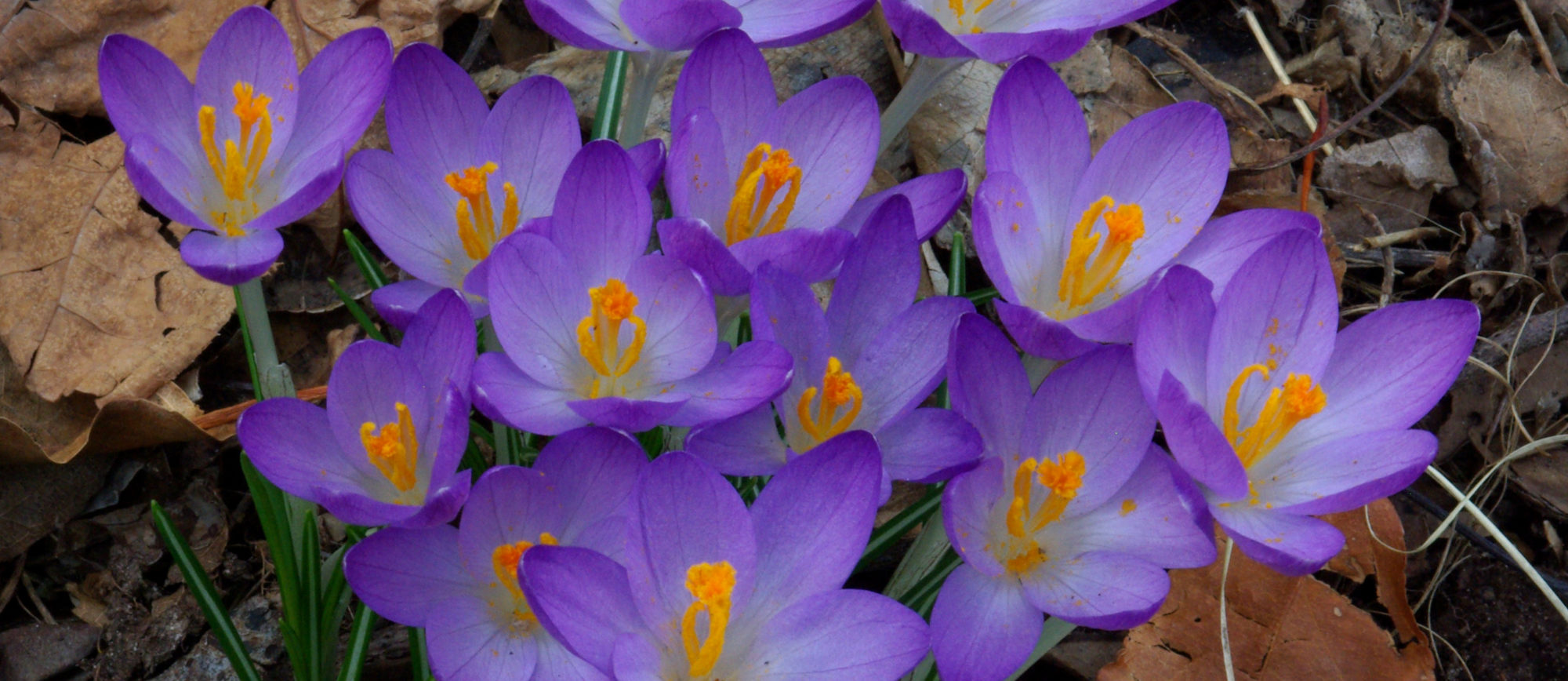Well. Since it seems my best course of action is to stay home for the foreseeable future, I’ll need to find something to keep me from going bonkers. Today is the first day of spring, March 19, 2020. That’s early for spring because we added a leap day last month. Ground Hog Day was unusual this year – 02022020 – a palindrome date, one shows up about twice a millennium. Maybe that’s why things have been going crazy on planet earth. Or maybe Mercury is in retrograde. Or some other planet.
Since I’m a prime COVID-19 bait (at 71 with hypertension), I’m self-isolating. Probably easier for me than most since I’m retired, have a good-size yard and garden, and am close to great, uncrowded hiking trails. It’s impossible to ignore what’s going on. I got my copy of The Economist* the other day, dated March 14, 2020. It had a chart with the COVID-19 infection rate in the United States. The line was barely above the horizon for January and February and then in March, it took a steep turn upwards, showing 1,250 Americans infected. The news today, March 19, shows 10,000 infected. My sister lives on Long Island, currently the most COVID-19 infested place in the country. She heard about a market that opened early only for the elderly. It was to open at six. She got in line at 5:40 am in the rain. When the doors opened everyone rushed by and grabbed all the toilet paper. My sister is 73, four-foot-eleven, and has cancer. It strikes me as a poignant and ugly that the first thing most humans cannot live without is toilet paper. We hear about people hoarding food all over the country. And buying lots of guns and ammunition. Where can that lead? I learned today that San Miguel County is on total lockdown. It’s south of us about 100 miles. The number of new cases is skyrocketing. It will be everywhere soon. Maybe not. I’d like to be wrong and get back to the beach.
*The Economist is the last magazine to which I subscribe in print (unless you count the Sierra Club magazine that comes with my membership). I truly believe they are misguided in their unfailing reverence for capitalism, yet I read it cover-to-cover every week. They are smart and witty, and the magazine has a lot of information. They need to get off their high horse though. I probably will not renew my subscription because in these times the news is old news by the time I get my copy. News has never moved so fast.
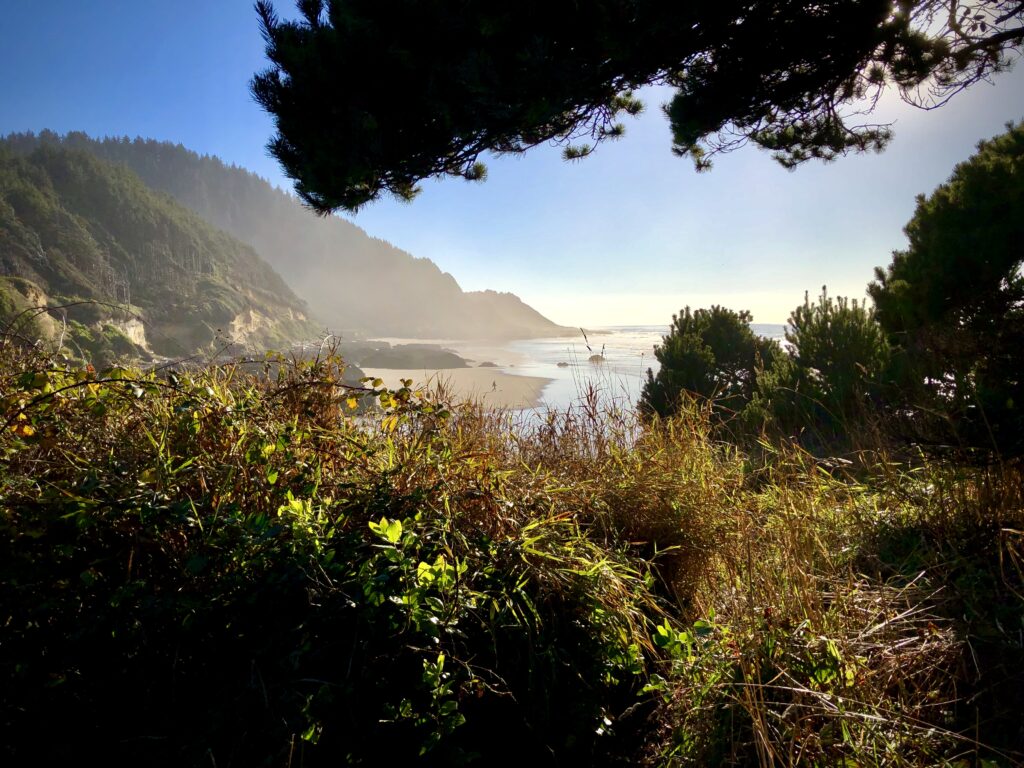
Do we deserve this? We need to face up to that question. Should planet earth fight back at our species for the devastation we have wrought? Clearly, there are too many of us and we seem intent on destroying everything we need to survive, so do we deserve to be culled. A rapidly dividing virus can mutate by the second. Isn’t that how the force makes things happen with life? Directed Natural Selection. I’ll ponder that later. But I’ll note here some success on the part of the virus: China banned the consumption of all wild animals, which is certainly good news for millions of wild animals, but probably not good news for fish. What about the garden? I was distracted.
Baseline: first day of spring. Snow down to the valley floor this morning. We need the moisture. I spent the last six weeks on and off working in garden. The grapes were a mess because I was off to Oregon last summer and they went untended. We had a lot of grapes, but they were small. A vine should be trimmed to 10-12 clusters. Some of mine had 100. I raked well and ran the mower through. It’s important to get rid of most grape litter because that’s where problems can start – think fungi and insect larvae. I pruned my fruit trees and berries. Turned over the vegetable garden. Ready to go.
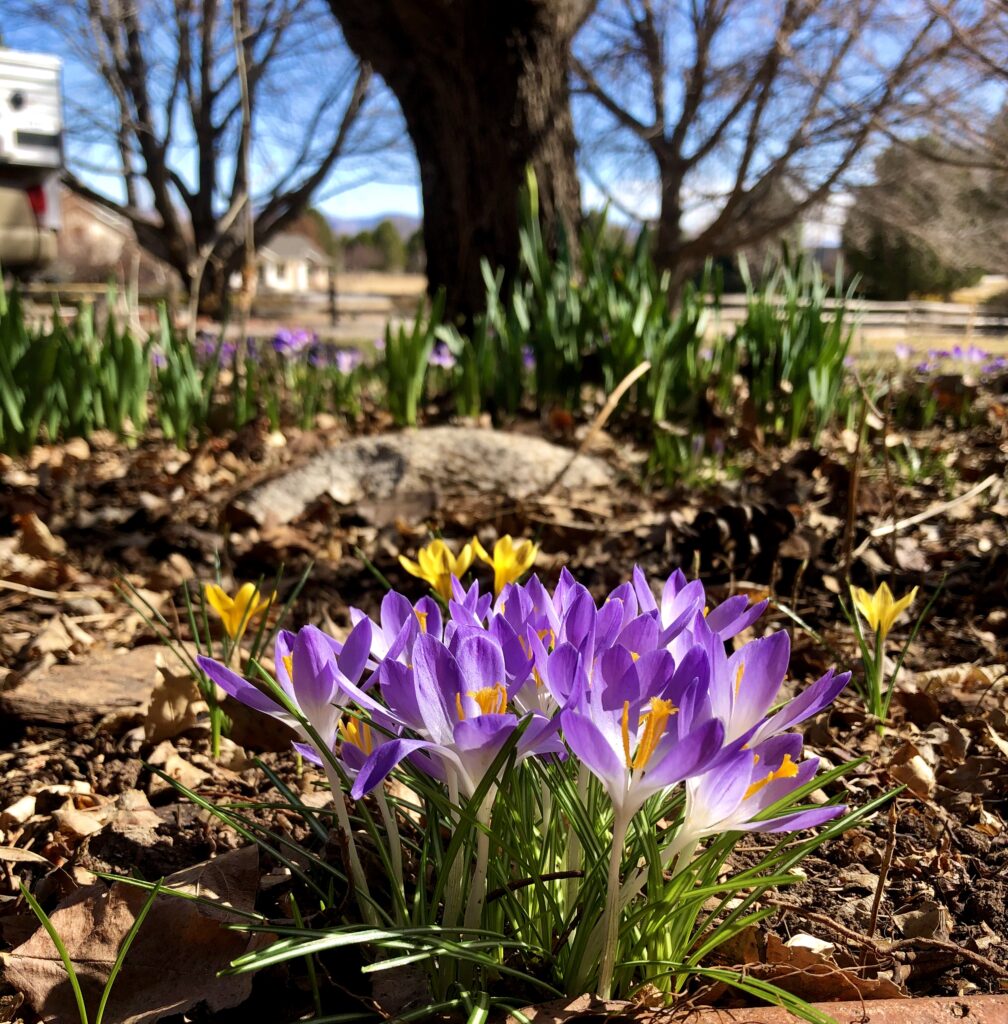
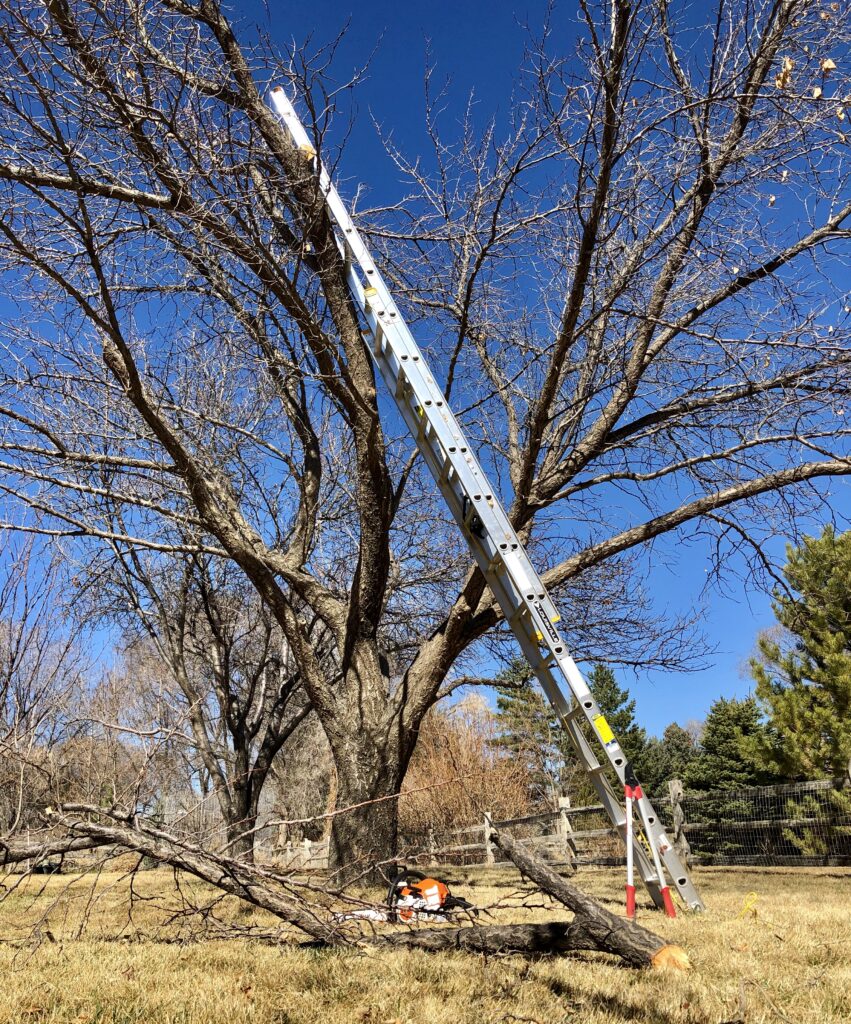
Baseline images – first of spring


These first three big trees are what’s left of my original eight-tree orchard. A plum and two apricots. Last summer we had 2000 pounds of apricots and 600 pounds of plums. We’ve been through a lot of fruit trees, many of which were destroyed by deer. We now have five (more like 4 ½) apricot trees and one plum.


Compost pile. I’ve been working on this for 25+ years and these days it produces beautiful, rich, dark soil. 100% green matter. Should be enough for the rest of my life. My garden is organic – the whole property is pretty much. It was a treeless lot when we bought it in 1993. A bit less than two acres. It was a horse ranch previously with nothing but wheat grass. Before that it was part of the Ute Nation.

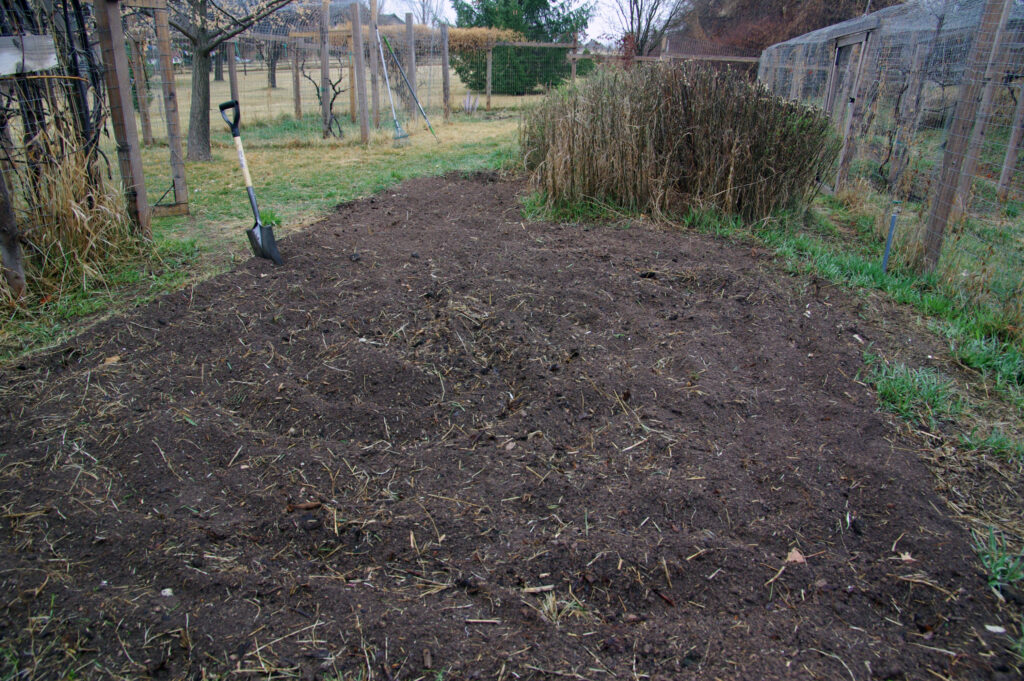
I added numerous wheelbarrow loads of compost before turning it in. Another bunch of loads went around the grapes and berries.
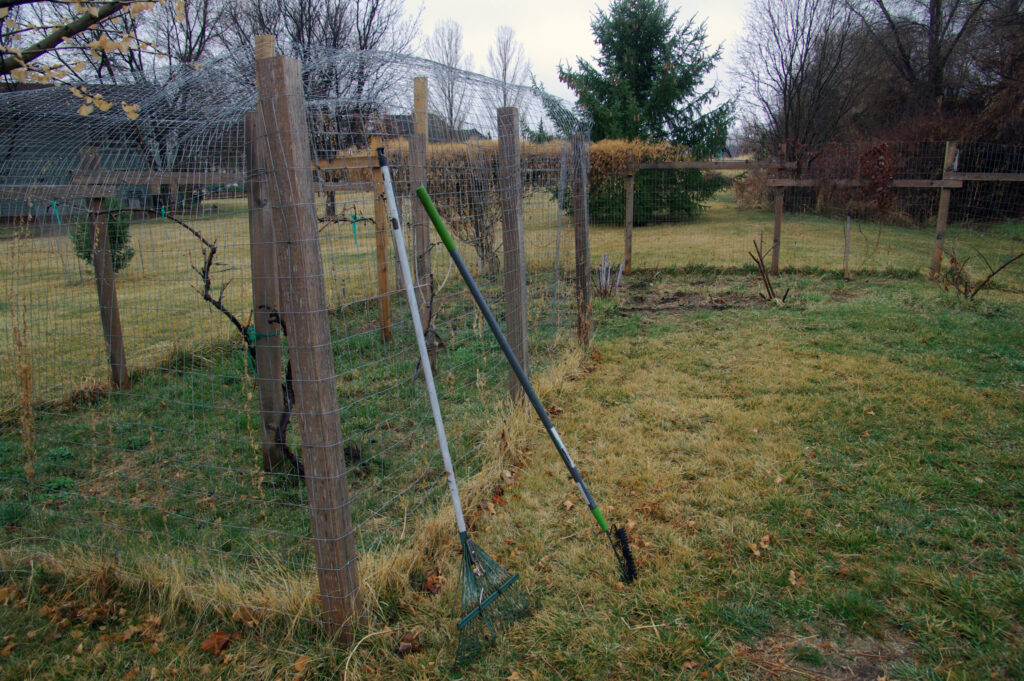
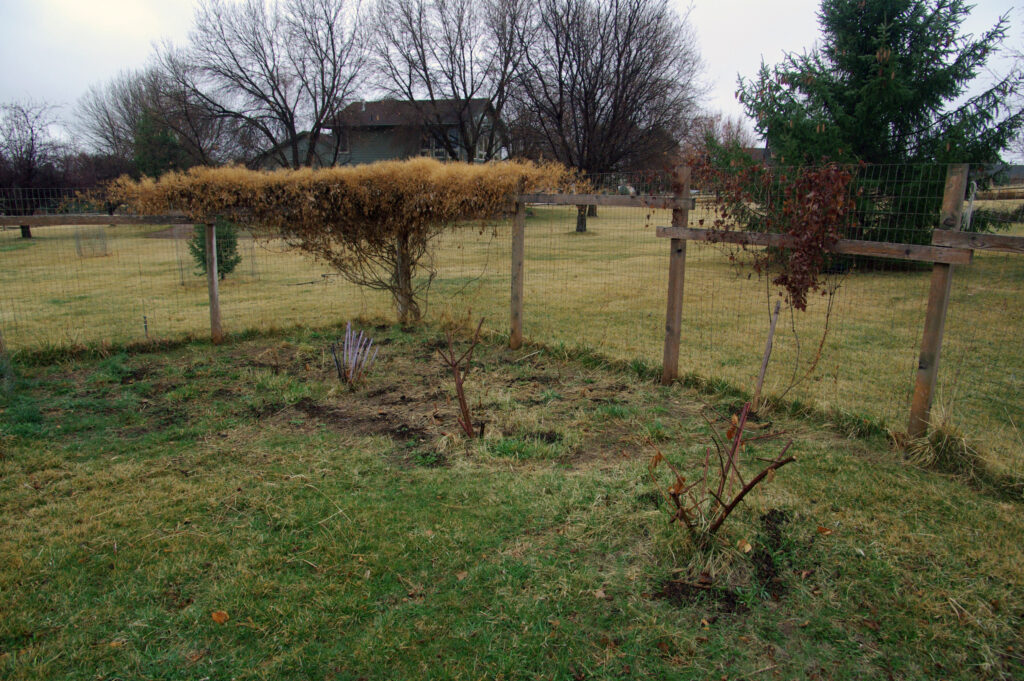
Berries: blackberries, black raspberries, and raspberries.
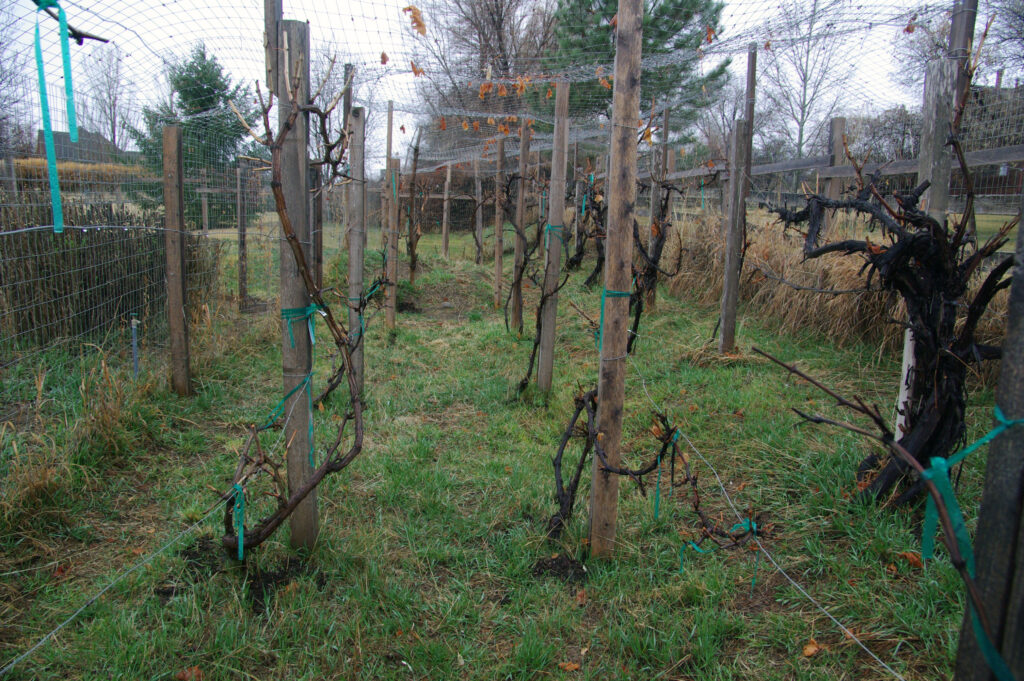

Six-foot deer fence encloses about 2500 square feet. The ginkgo tree was already there. After the first year with the fence, I added the wire-netting over the top of the grapes because the racoons never left me one grape. Every year since I’ve had great grapes – up to 500 pounds in a year. Best tasting grapes of all time.
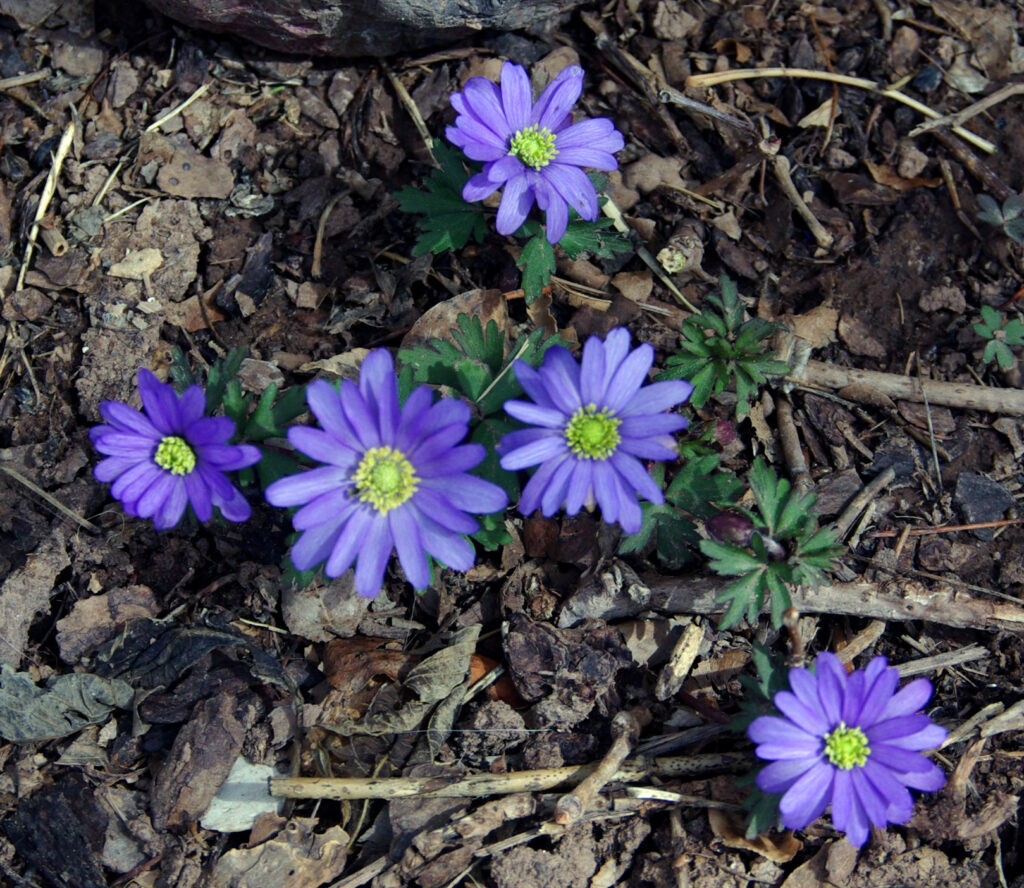
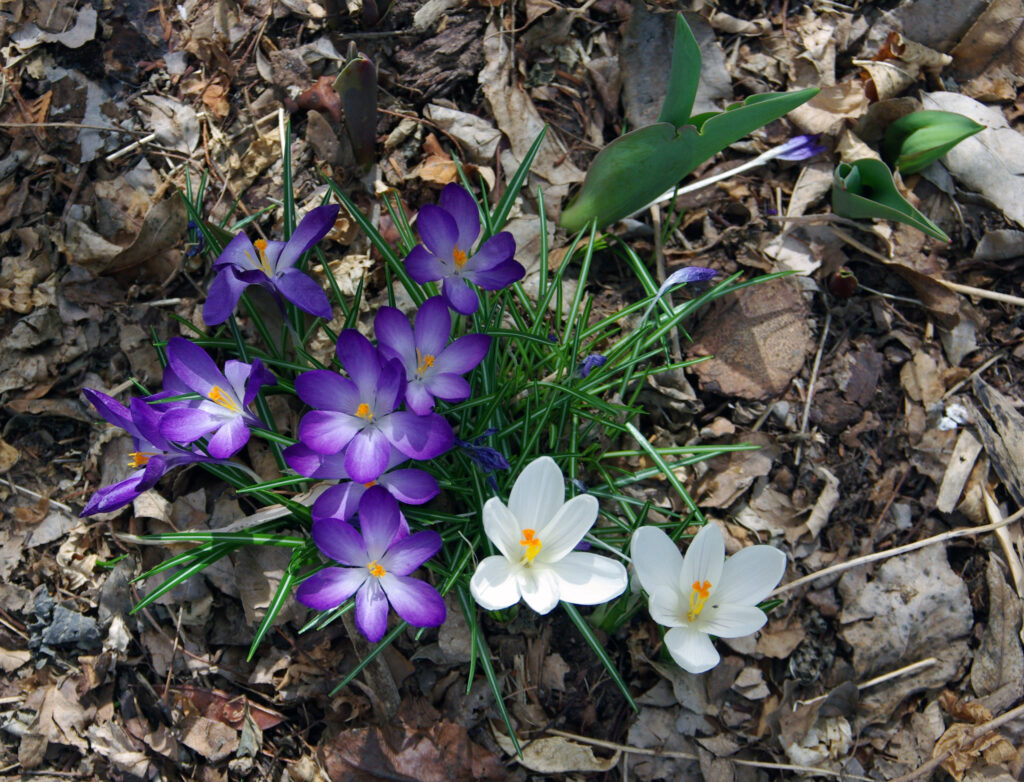
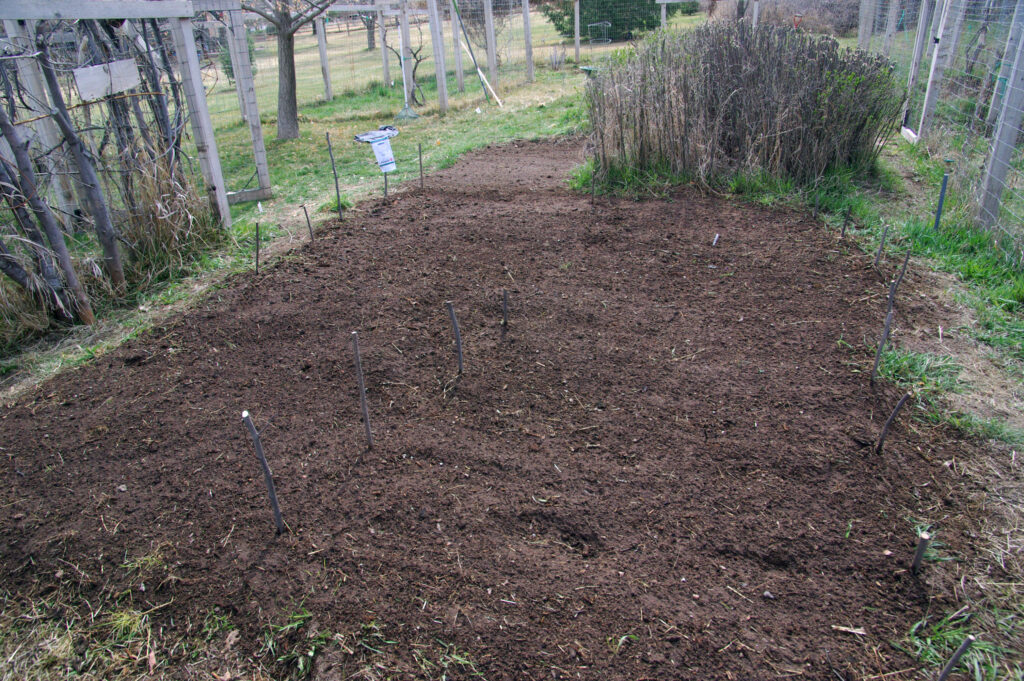
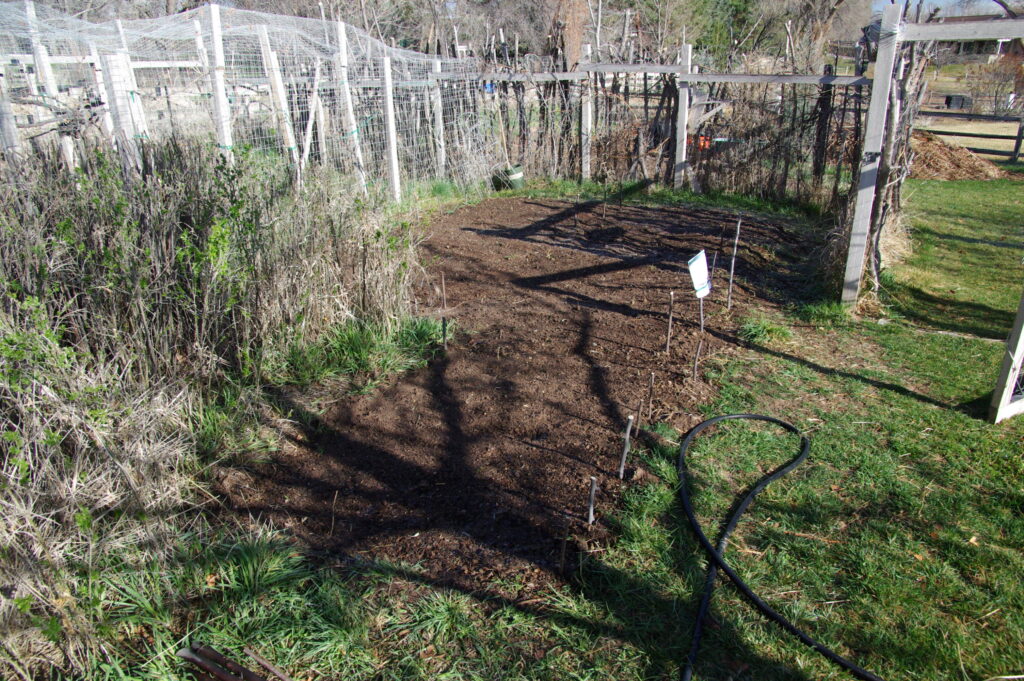
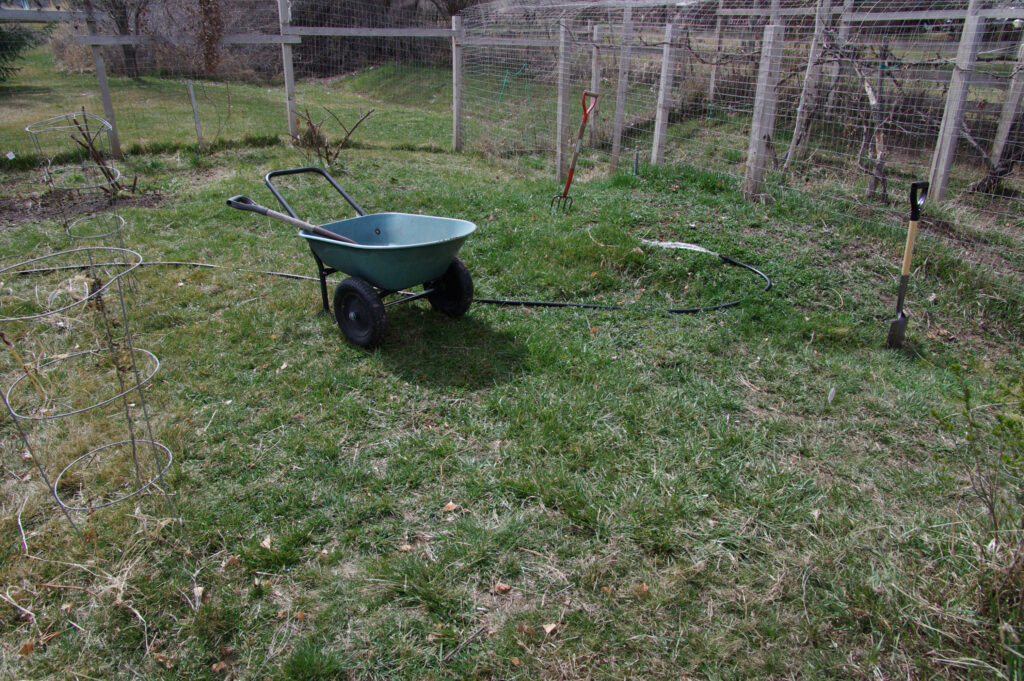


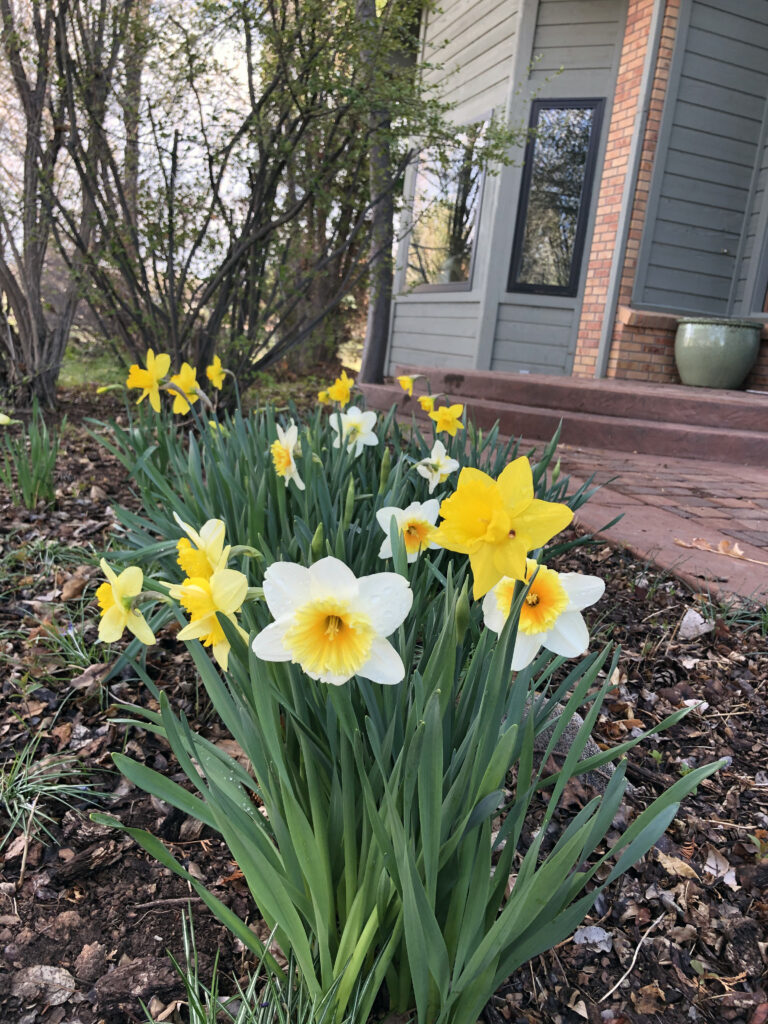
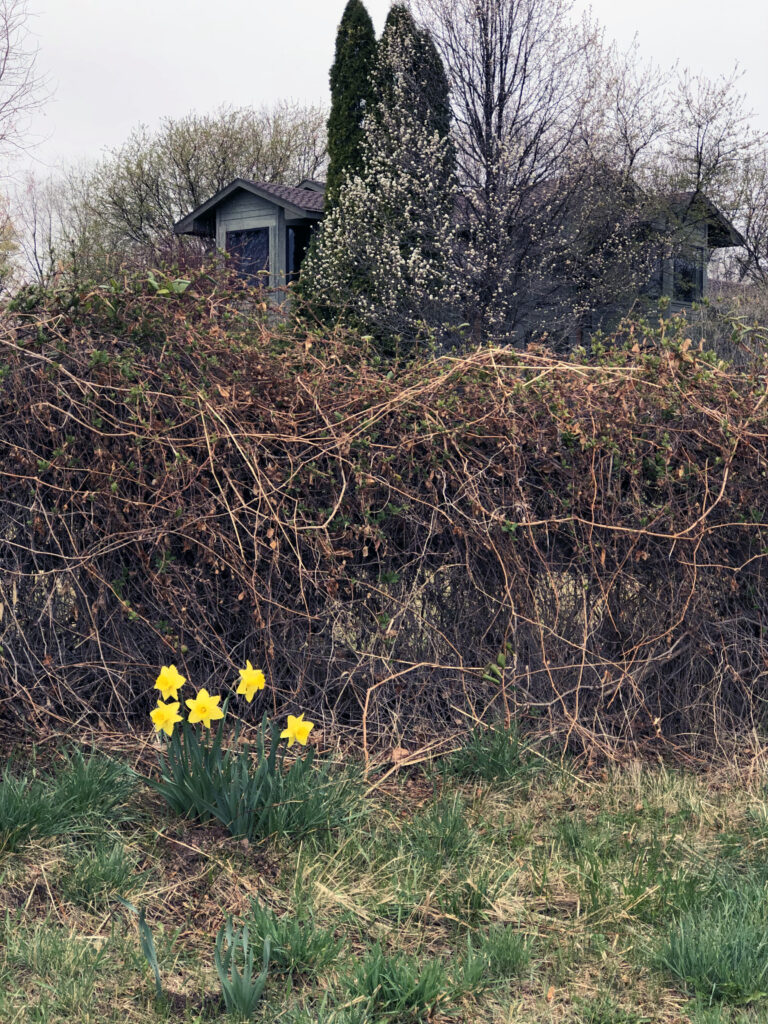

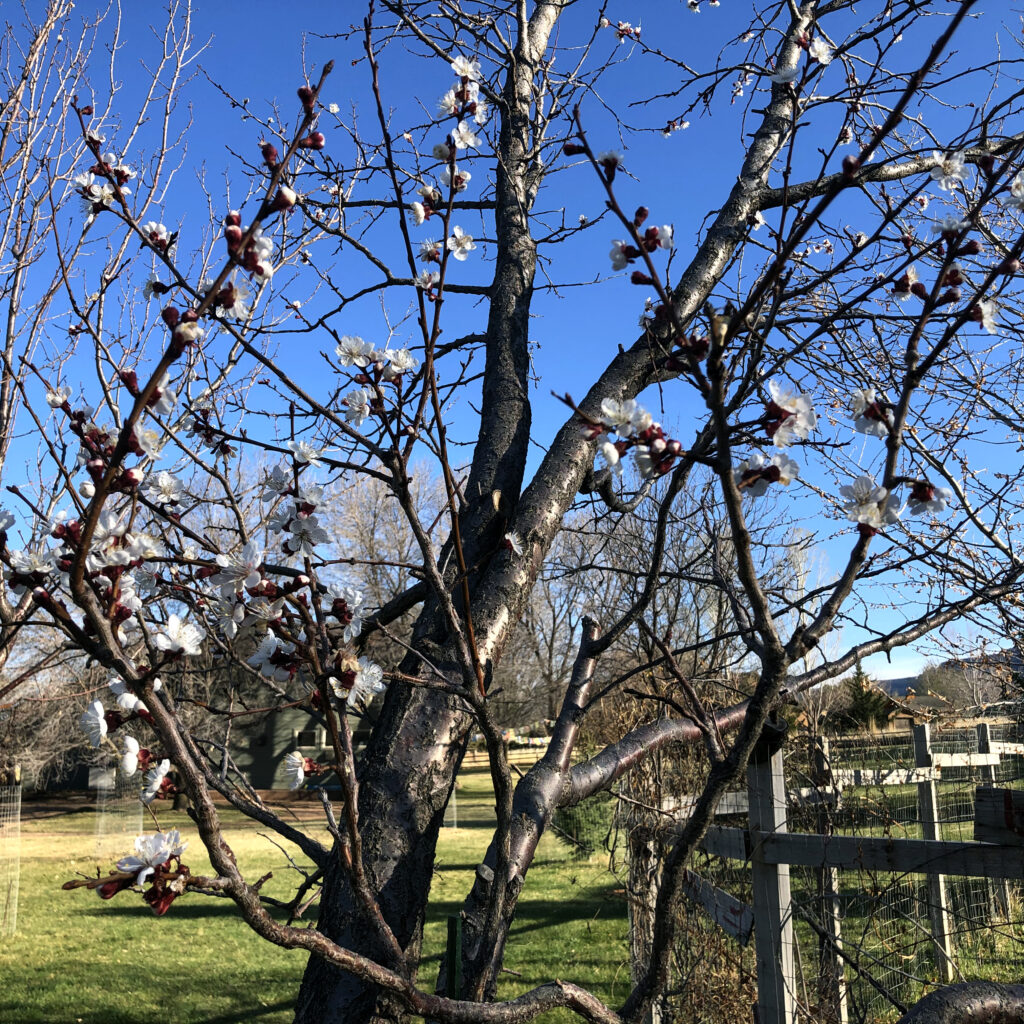

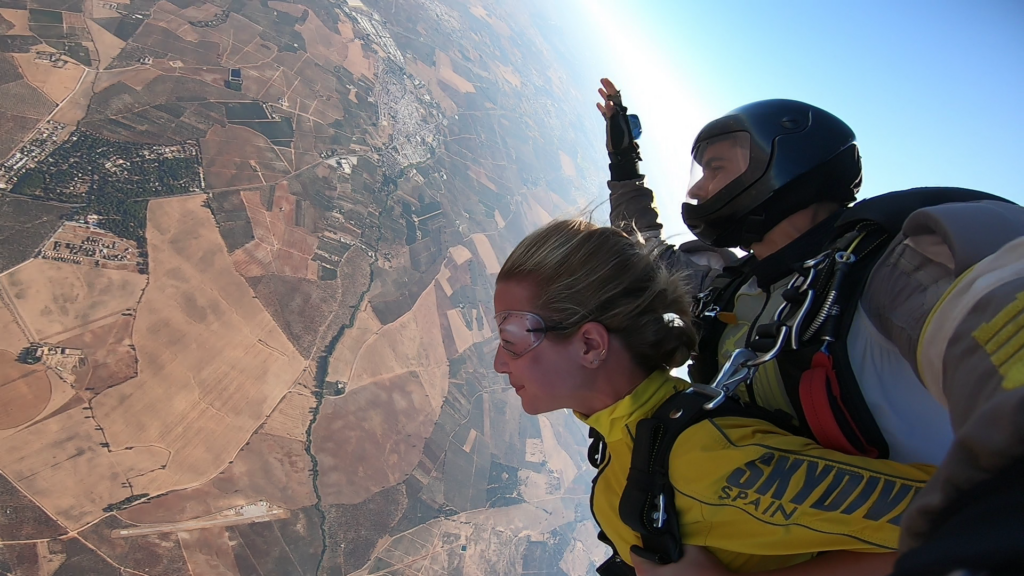

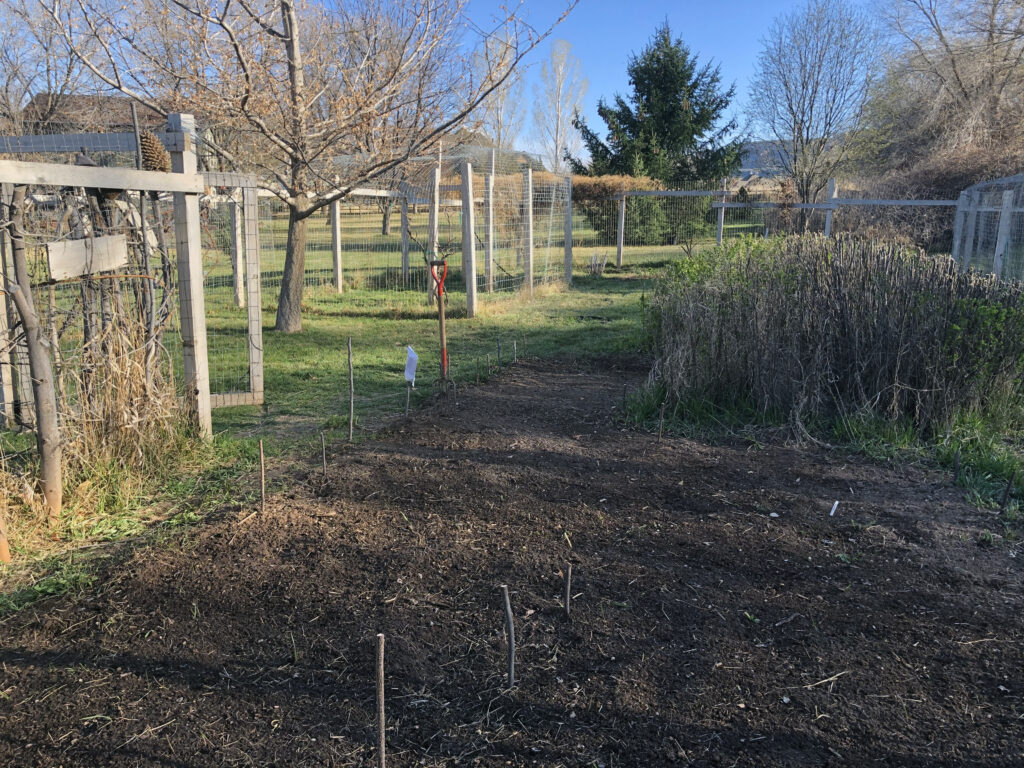

Gardening is a wonderful way to appreciate Nature. When we respect Nature, she provides wonderful, nourishing food. In these troubling times, gardening is a blessing. But one cannot ignore the problems of the world which swirl constantly around, raising a terrible cloud of terror. Here in Western Colorado, the problems now seem so distant, and yet incredibly ominous. We cannot ignore the horrible news coming from around the globe, especially from New York right now. And anyone with half a brain realizes it’s heading our way. Soon. Too many people with less than half a brain are being their usual idiot selves, pretending it’s not an enormous problem and magnifying the problem as a result. These idiots include the biggest moron of all time – the evil genius Donald Trump. Yes – both genius and moronic. The personification of Greed. And others like Jair Bolsonaro in Brazil. As usual, Greed is the problem. Trump and his minions floated the idea of allowing old people die to save the economy. This didn’t go over well with old people. Back in February, these same morons were telling anyone who would listen that there’s nothing to worry about: it’s just a cold, we have it contained, the stock market looks great right now. That was 8000 DOW points ago. Anyone listening to Trump and buying then would have lost 30% or more of their investment. However, Trump’s approval rating is higher than ever. And just yesterday, he signed a law to reduce automobile gas mileage. The guy is an idiot.
I know I am not alone in obsessively looking at the news. Dozens of time each day. In today’s news some dude in California attempted to sink the Navy hospital ship in LA, and it barely made the news – he drove a train engine off its track toward the ship in his attempt.

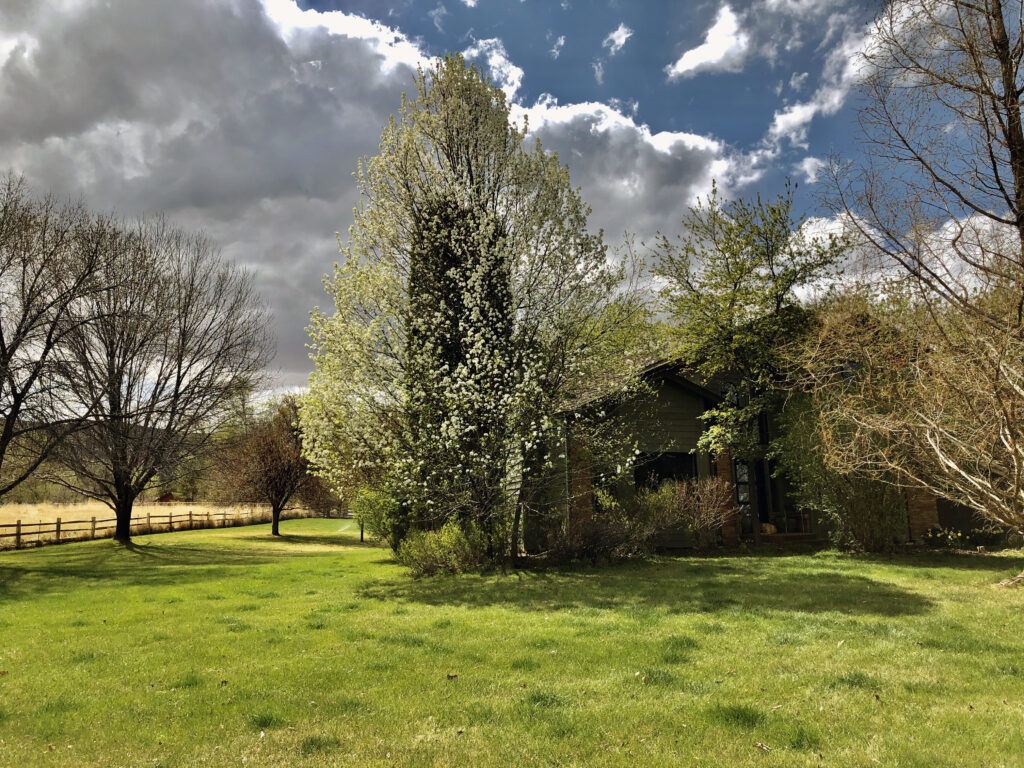
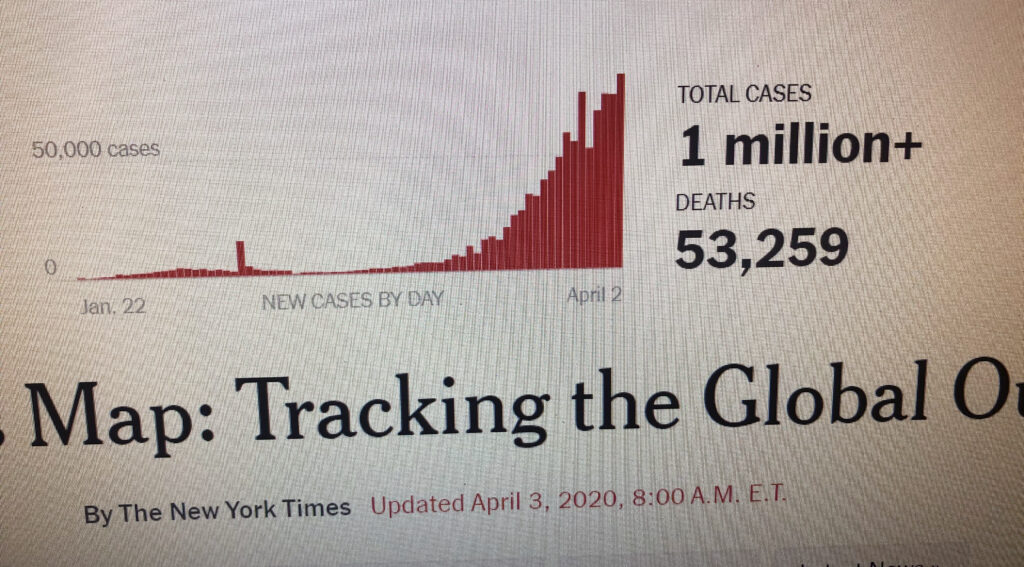
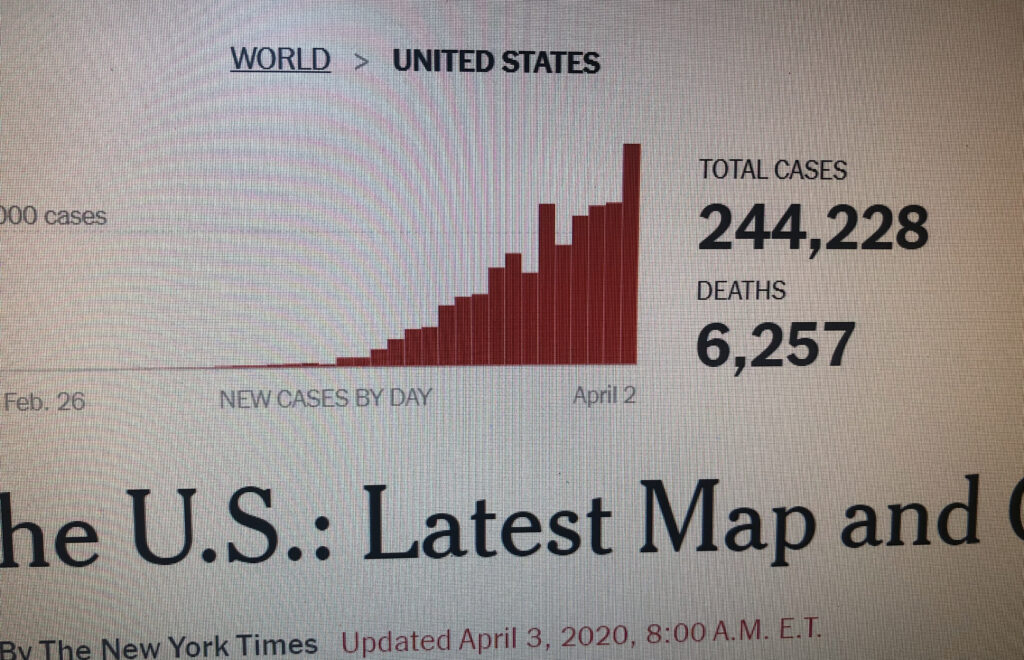
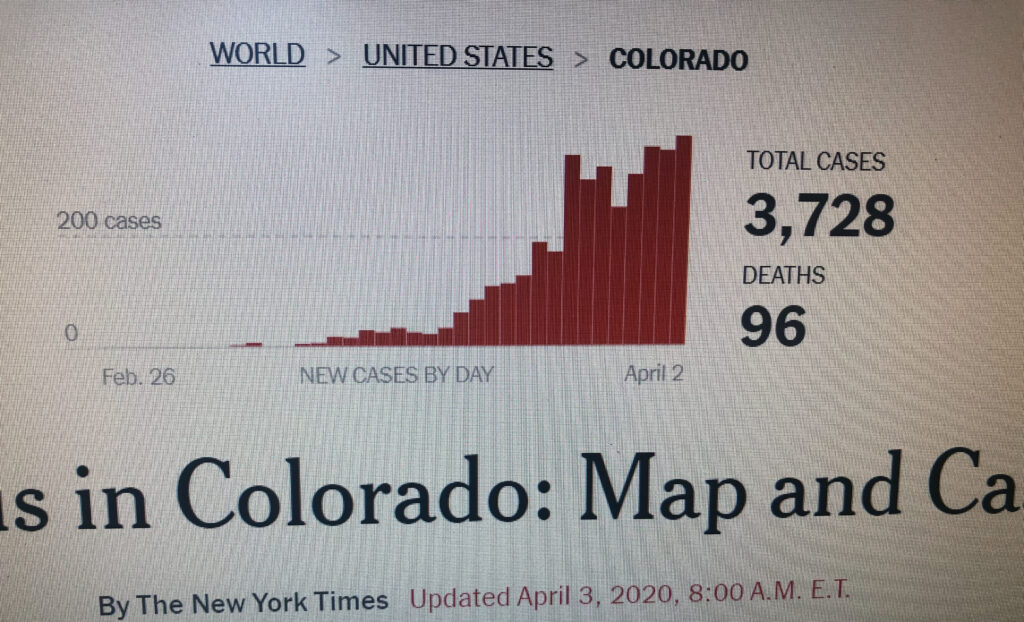
Why? Why was there a Black Plague, a Spanish flu, MERS, SARS, ebola, covid 19? Why does Nature evolve these incredibly complex and adept pathogens that seem intent on killing humans? Is the planet fighting back? Why wouldn’t it? To make these hell-bent-on-killing-human viruses away, how about treating the Natural world with respect. Respect God’s work. Is that too much to ask? Is our goal to use up and/or destroy all of the earth’s resources while fighting an endless barrage of mutating bat, camel, civet, and pangolin viruses, just so we can attempt to sate our endless greed? Is that why we are here on earth?
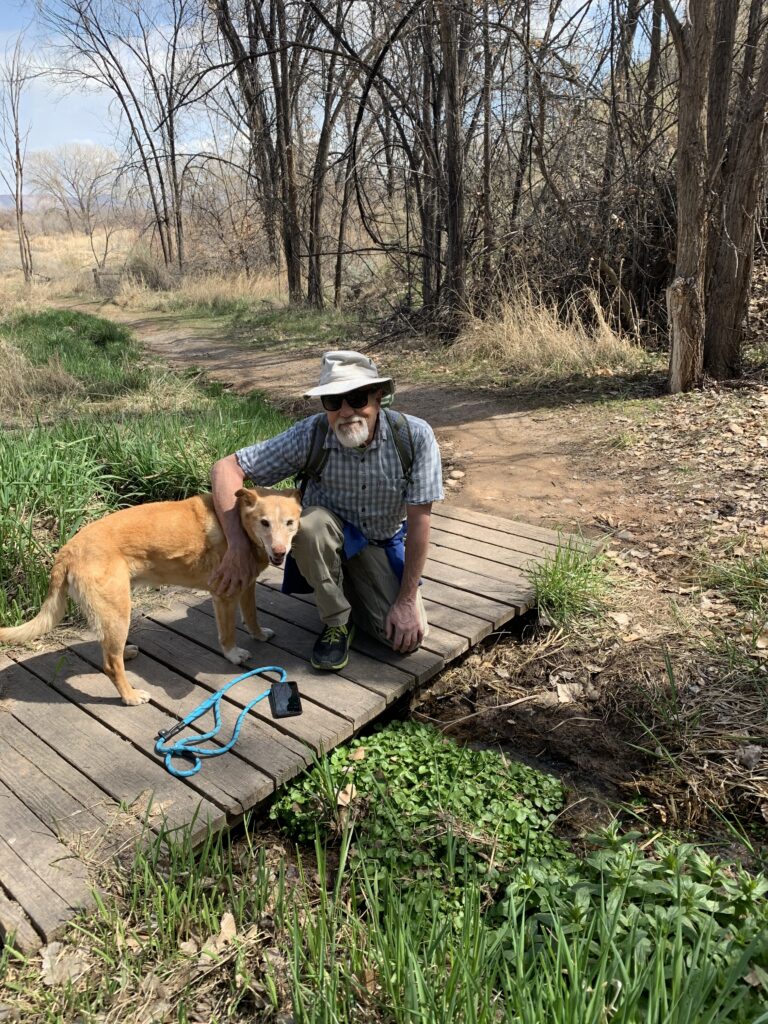

April 5, 2020. Planted radishes. First showing of vegetables – it’s a row of mixed greens. Life’s a powerful and persistent force. Probably can begin to thin and consume in 2-3 weeks. Everything is greening well. March brought three inches of rain, which is 30% of our annual rainfall. It’s semi-arid here, but because Grand Junction is located at the confluence of the Colorado and Gunnison rivers, we have abundant irrigation water. Our property has some of the most senior water rights on the Gunnison River. Water will be running into our canals and ditches starting this morning, which means we’ll have it by afternoon. We’re at the end of the system, so any water that passes here flows into the Colorado River and on down to Lake Powell and Lake Mead. It’s insane, but Colorado River water is taken by canal to fill the fountains of Phoenix. None of it makes to the Sea of Cortez where there once was a vibrant and flourishing estuary. There’s a never-ending debate over water out west. It’s our lifeblood. If I don’t use all my water, it’ll dump into the river and flow into the enormous reservoirs and canals of Utah, Arizona, and California where a very high percent is lost to evaporation. My feeling is that the planet is better off if I use that water to grow trees here. Flush a toilet in Las Vegas or grow a tree in Colorado?
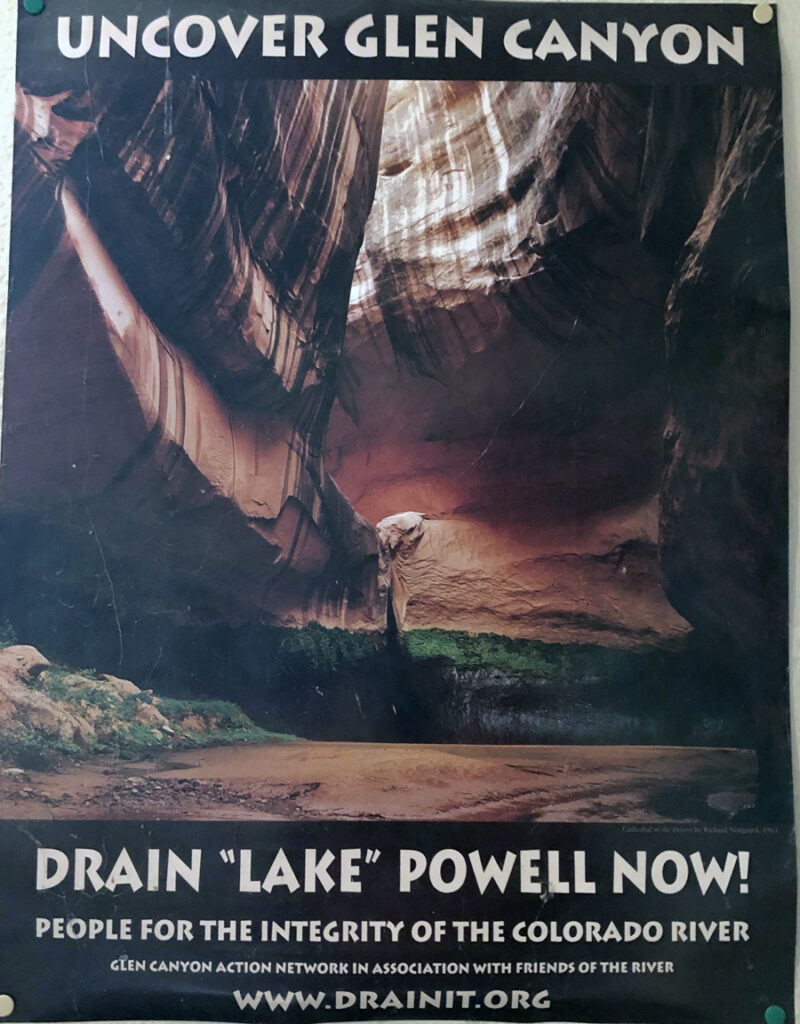
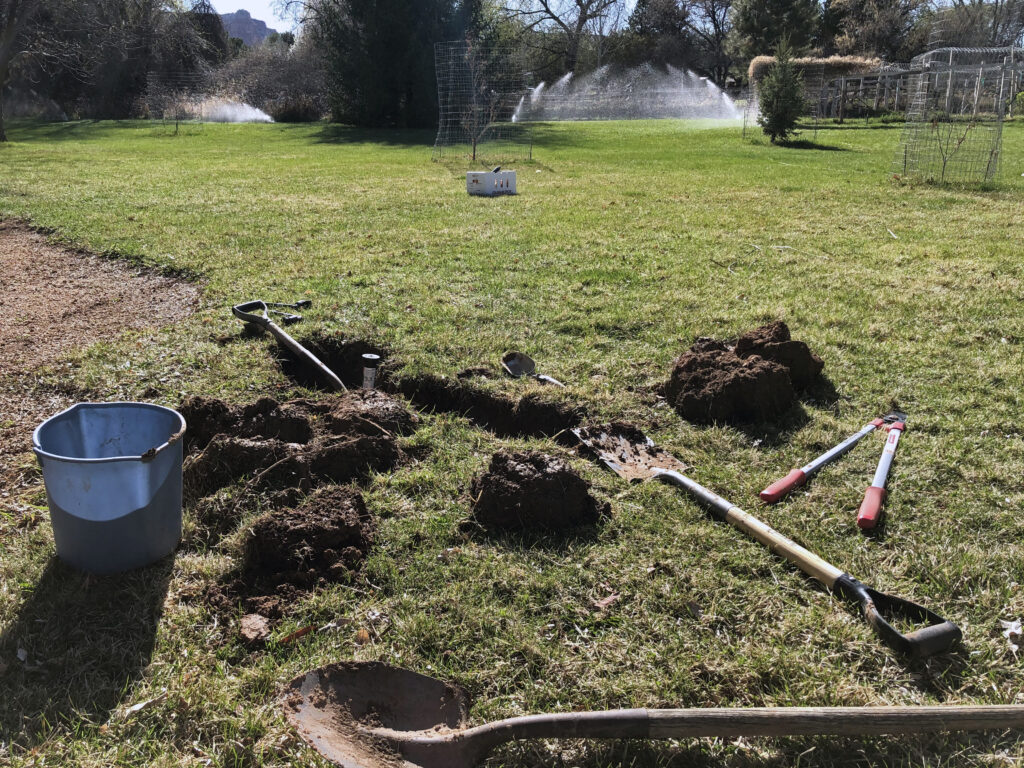
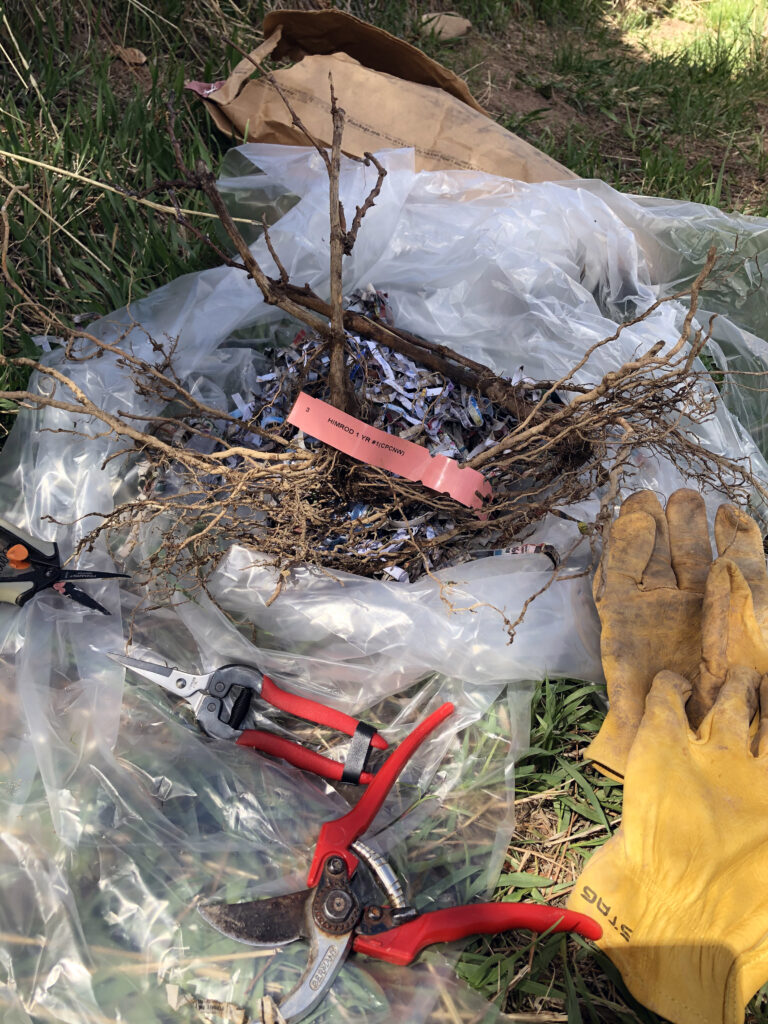
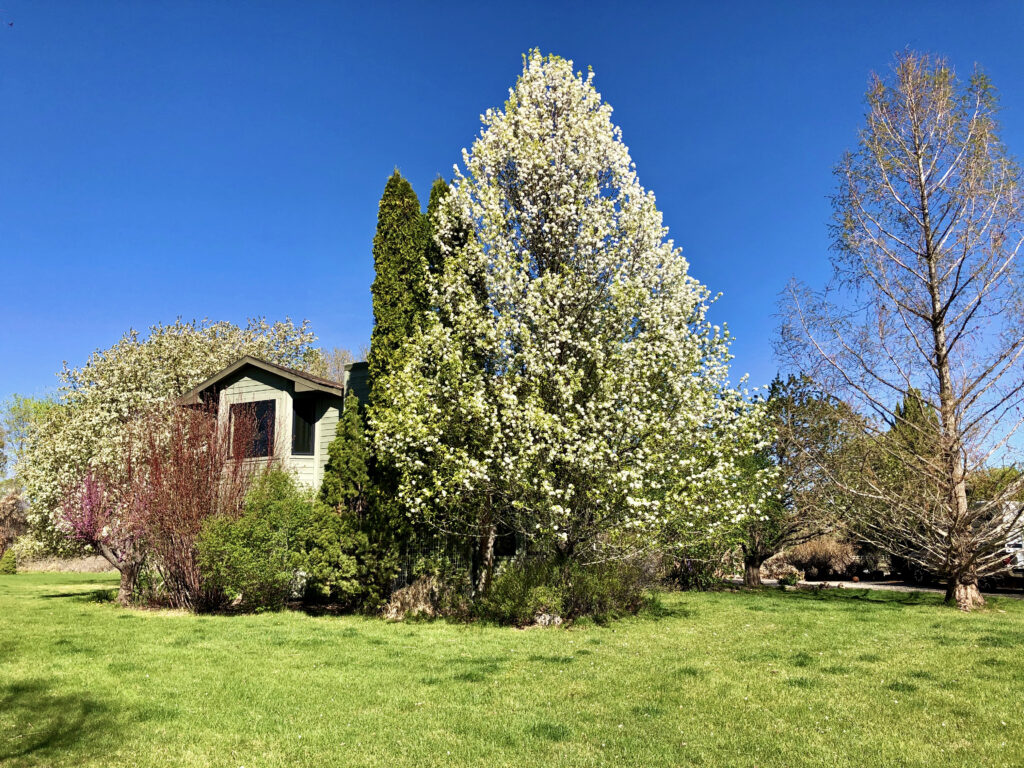
April 11, 2020. “World-renowned British primatologist Jane Goodall says the coronavirus pandemic was caused by humanity’s disregard for nature and disrespect for animals.” Well said, Jane. Humanity was gifted an awesome planet, one upon which we could establish an existence in which all creatures of the earth, great and small, live in harmony. I was about to reword that because it sounds so sixties, but upon momentary reflection … the flower children of the sixties had it right. Not 100%, but they were way more right than wrong. I was there. Sad to say that the mind-view expressed by right-thinking people was crushed into oblivion under the overwhelming pressure of a society unwilling to give up anything to save the planet upon which it lives. To quote the character Vincent from my favorite novel, Road to Paradise [Cerulean, P. , Widening Gyre Press, 2017]: As I said, we could drastically restructure our lifestyles to live in harmony with the earth, but the sacrifices required make this option all but an impossibility. The only imaginable salvation for the earth is if a virulent infectious disease eradicates us. Or maybe an asteroid hit. The big mover of destruction these days is capitalistic social structures. The economic system encourages the consumption of staggering amounts of fossil fuels … endless. We use energy to create jobs to create wealth. Capitalism as we know it is the most powerful tool used by the virus colony to eat the earth. It’s prosperity at a price. Incredibly shortsighted for a society with so many supposedly brilliant members. Destruction of our home planet is a fairly high price to pay for a few hundred years of unevenly distributed economic prosperity. It’s the planet we live on, is all I’m saying.
(I’ll note here that capitalism as we know it means unbridled crony capitalism.)
That said, it’s a beautiful day here in Western Colorado—a great time to be here. The governor extended the lockdown today to April 26. That’s not long enough. Aspirational, I suppose … or he’s too afraid of business community pushback. We’ve been locked down for more than a month already. Although we check the news hourly and are thus hourly confronted with apocalyptic-like news, it’s still somewhat unreal because it isn’t like that here and likely won’t get like that, this time around. As Melinda Gates said yesterday, We will absolutely have more of these. Pretty obvious really. And they’ll come faster and faster. One tiny coronavirus jumped from one small animal in one small market in one of a great many dirty over-crowded cities around the world … this individual virus and its offspring have now infected millions of humans around the globe. One invisible organism that looks as if it were modeled from a mine capable of sinking an aircraft carrier, managed to sync up with a human cell, which it then forced to create a million coronavirus copies. Many of these newly created coronas did likewise. The speed and number of mutations is beyond what the human mind can comprehend, like the stars that outnumber the grains of sand on every beach in the world. No human engineer could build one of these, not even close. So anyway, I planted two more rows of mixed greens this morning. I’ll plant more every few weeks into May or June. First blossoms on my plum tree this morning– the variety is green gage, which are the sweetest and most delicious plums one can imagine. I planted two green gage plum trees twenty-five years ago. At first, I didn’t get it. The plums were green and sour early in the season but then turned purple with a taste similar to an Italian prune plum, so pretty good. I didn’t realize I needed to wait. When you wait, they become golden yellow and are simply delicious. Alas, I lost one of these trees to disease last year. She gave us hundreds of thousands of blossoms, thousands of pounds of beautiful fruit, and exquisite autumn colors.

Easter Sunday, April 12, 2020. Interesting comment from Pope Francis:
Pope Francis has said the coronavirus pandemic is one of “nature’s responses” to humans ignoring the current ecological crisis. In an email interview published Wednesday in The Tablet and Commonwealth magazines, the pontiff said the outbreak offered an opportunity to slow down the rate of production and consumption and to learn to understand and contemplate the natural world.
“We did not respond to the partial catastrophes. Who now speaks of the fires in Australia, or remembers that 18 months ago a boat could cross the North Pole because the glaciers had all melted? Who speaks now of the floods?” the Pope said.
“I don’t know if these are the revenge of nature, but they are certainly nature’s responses,” he added.
Here’s something Franny doesn’t want to think about as he rails against abortion: there are way too many people on this planet. We don’t need more. We need less. At time of Christ, the earth’s population was something like 200 million, so one fifth of a billion. When I was born, the earth’s population 2.5 billion. It is now 8 billion. The population that the planet can sustain (think healthy, productive farmland and renewable fisheries) is what? One can speculate. My guess is about a billion if we do things right. What about the other 7 billion, Pope Francis?
My favorite Zen philosopher, Alan Watts, would say: You are as much the coronavirus as you are yourself, and the coronavirus is as much you as it is itself. My bottle of Dr. Bronner’s castile soap says the same thing: All-One.
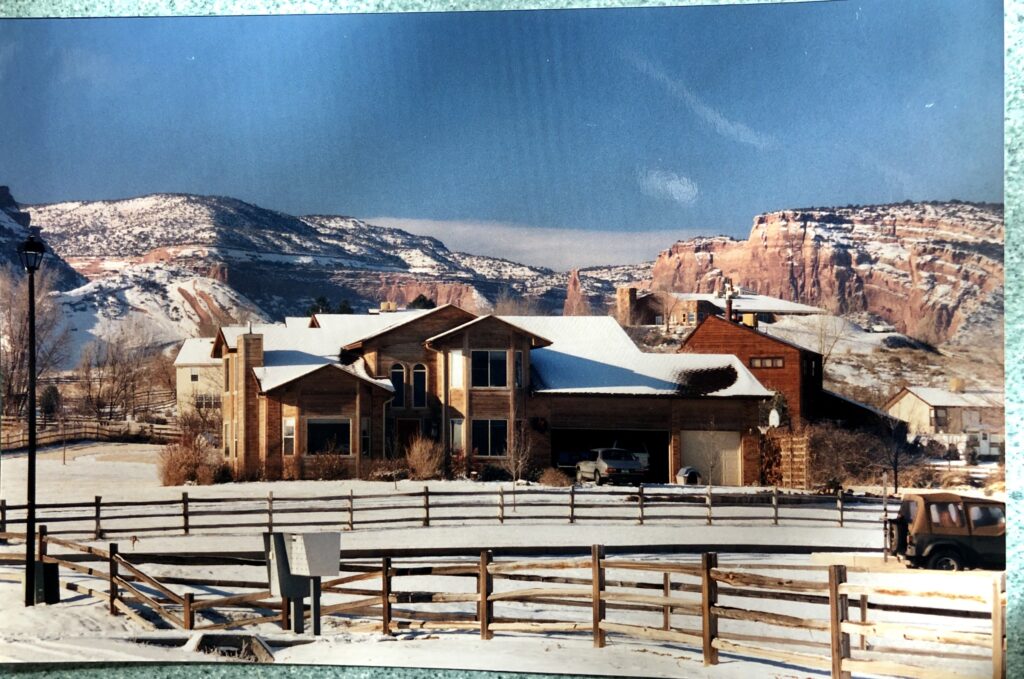
When we bought this property in 1993, there was not one tree. The summer sun and heat were brutal. A first order of business was to buy a little crabapple tree to shade the kitchen window. It was in a five gallon container when I bought it. I never thought it would get this huge. It’s a beautiful tree – snow in spring is the variety. The spire above the roof is Independence Rock in Colorado National Monument, a free-standing tower of sandstone that’s 450 feet tall.

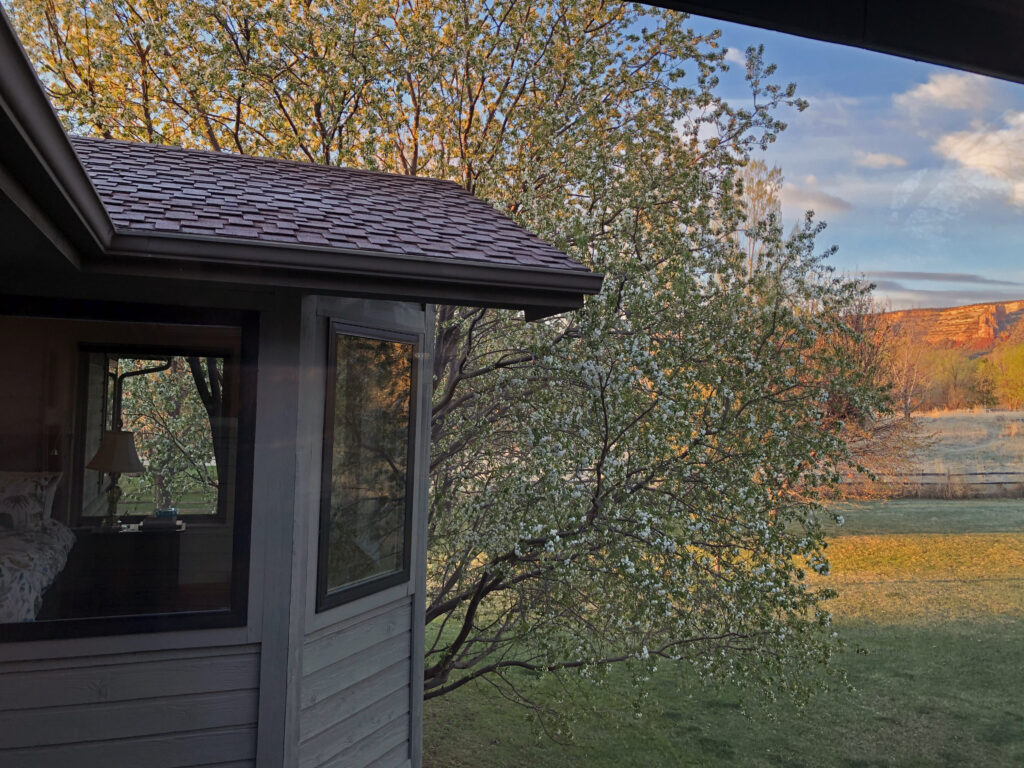
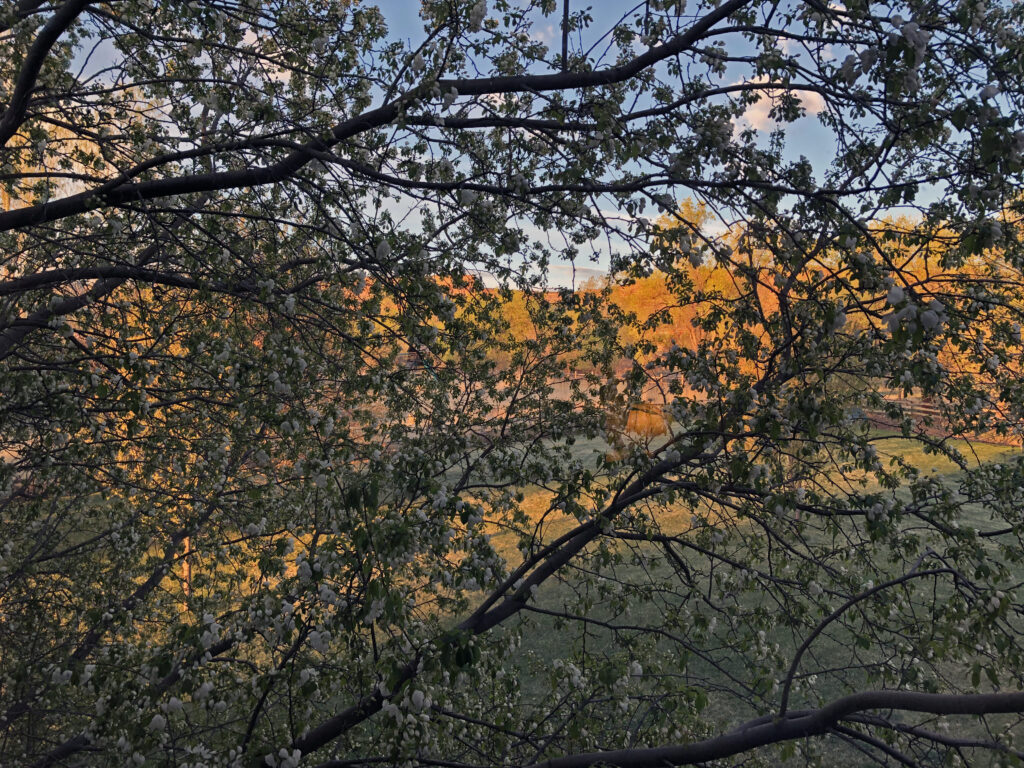


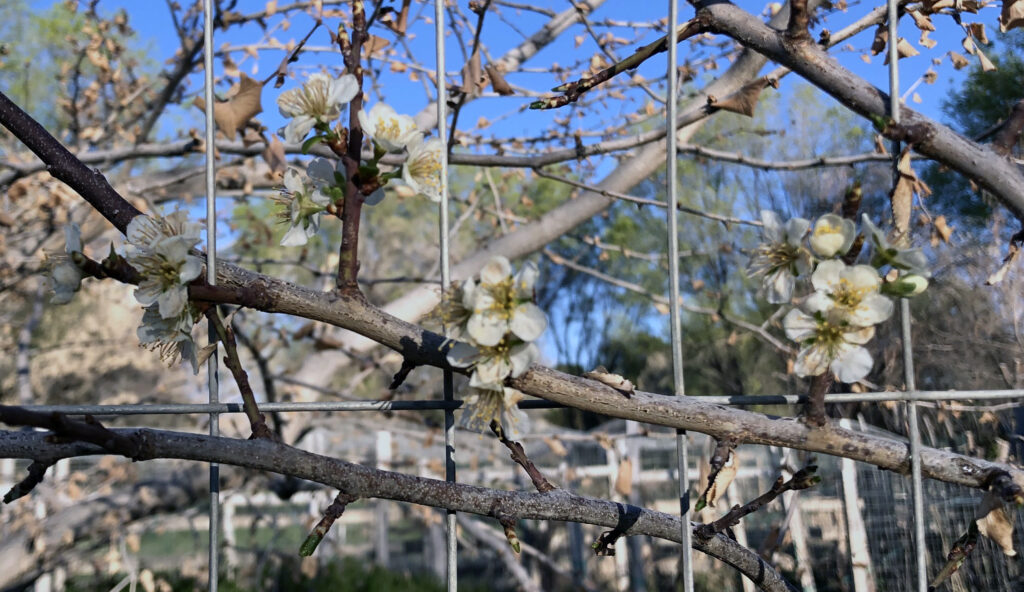
April 14, 2020. Here we go again with the revenge of Nature. I can’t really make that claim since this happens frequently out here. Even the ideally situated fruit-growing area of this valley has weather problems, but far less than out here on The Redlands. In the 1950s a hundred freight cars a day left Palisade filled with peaches during the harvest season. Then, in the early sixties, two consecutive winters were so cold that every peach tree died. Although one can get excellent peaches and other fruit in Palisade most years, they never regained the massive peach production of the 1950s, but there are a lot of grapes these days. Last night got down to 19.4 degrees. [A station in the mountains recorded 2.3 degrees.] That was the coup de grace for my few remaining apricots. Time will tell regarding the plums. She tends to put out blooms at different times, so we may get some yet.
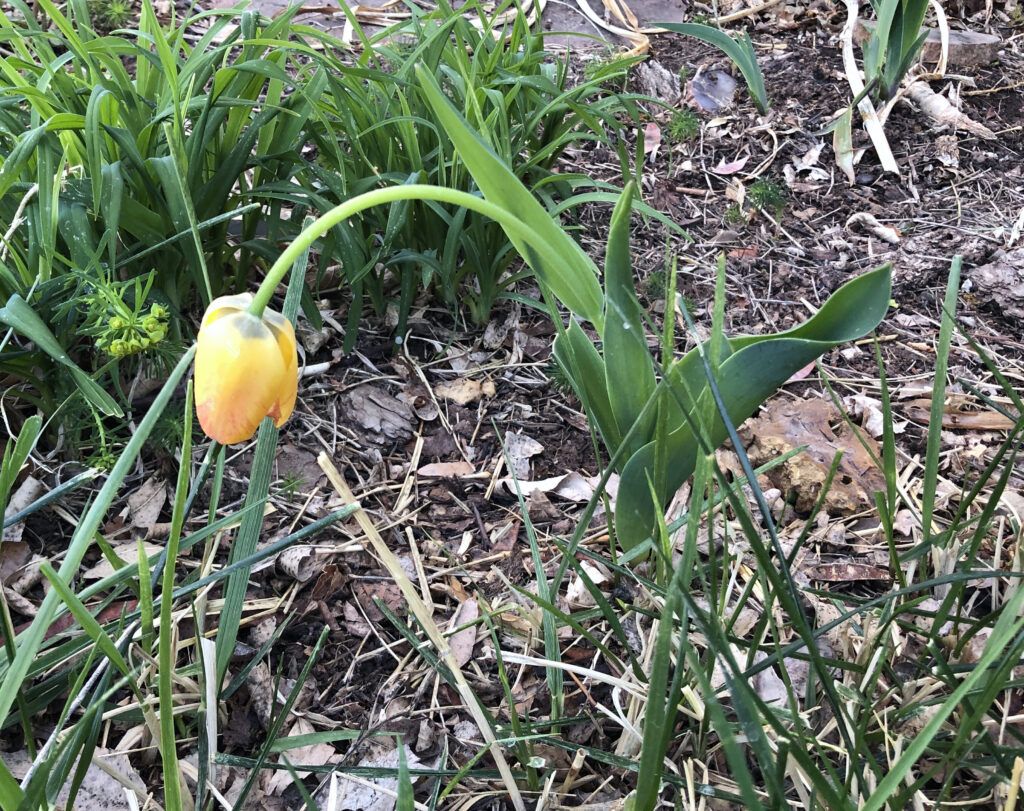
I planted lots of tulips and we used to enjoy a nice variety of colorful blossoms. But we didn’t have so many deer then. Deer love tulips and they eat every single one they can find. Somehow, they missed this one. But the freeze took care of it.
April is the cruellest month, breeding
Lilacs out of the dead land, mixing
Memory and desire, stirring
Dull roots with spring rain. T.S.Elliot
This seems especially true this year. My lilacs are possibly frozen as well.
While those of us on lockdown have been slowing the internet, countless news outlets announce grim news … amid the usual array of advertisements. That the pandemic has infected 1.8+ million people on our home planet and killed already 120,021, is easy to see. But we need more details. The New York Times has all you need.
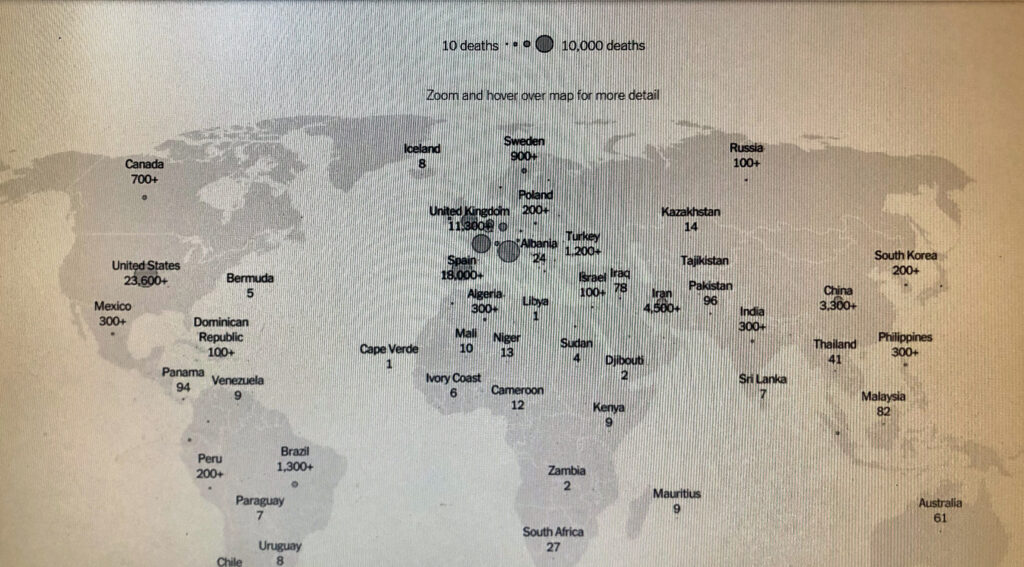

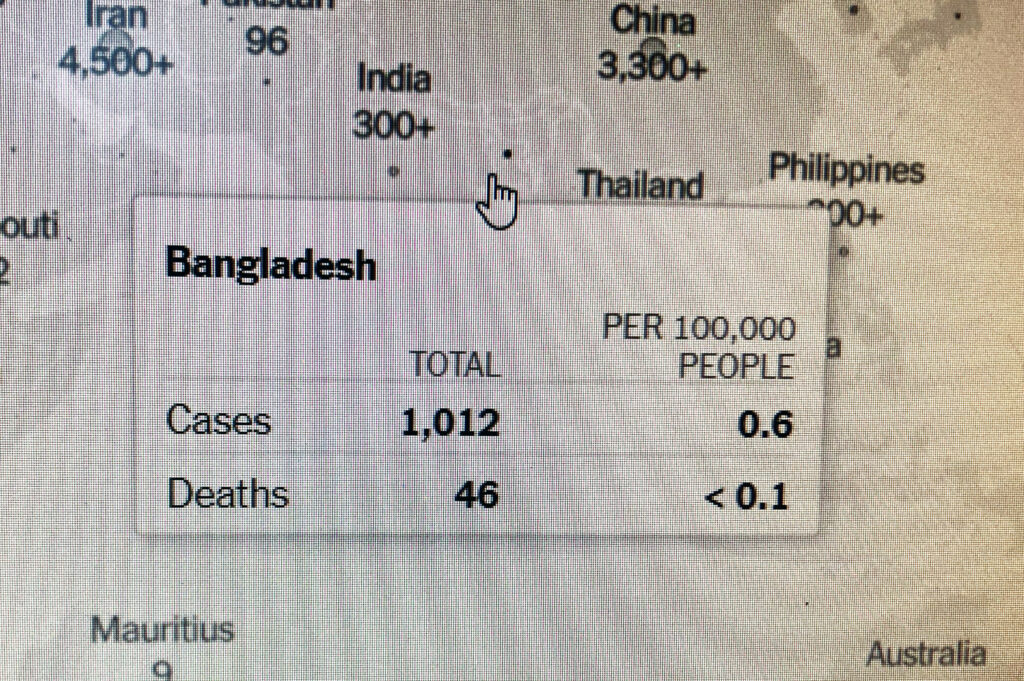

We always check our home country. The first case was in January. Why are we so much worse off than Bangladesh? If you ever question that the earth has too many people, visit Bangladesh. The future doesn’t look good for them … 46 dead but it’s doubling every 2.5 days. (If it stays at that rate there’ll be 175,000 deaths in 23 days,) If raw statistics aren’t enough for you, it’s easy to find pictures of bodies stacked in hospital hallways in New York and Detroit, or a myriad of other horror stories, such as the fact that 80% of patients in New York who were put on ventilators died. The adventurous then cruise the internet looking into conspiracy theories, always so popular for some odd reason. 30% of Americans currently believe the coronavirus was lab-created, when every authentic expert flatly denies it. Sometimes it’s more satisfying to believe. By definition, half of the population has below-average intelligence, yet only a small percentage don’t think they’re smart.
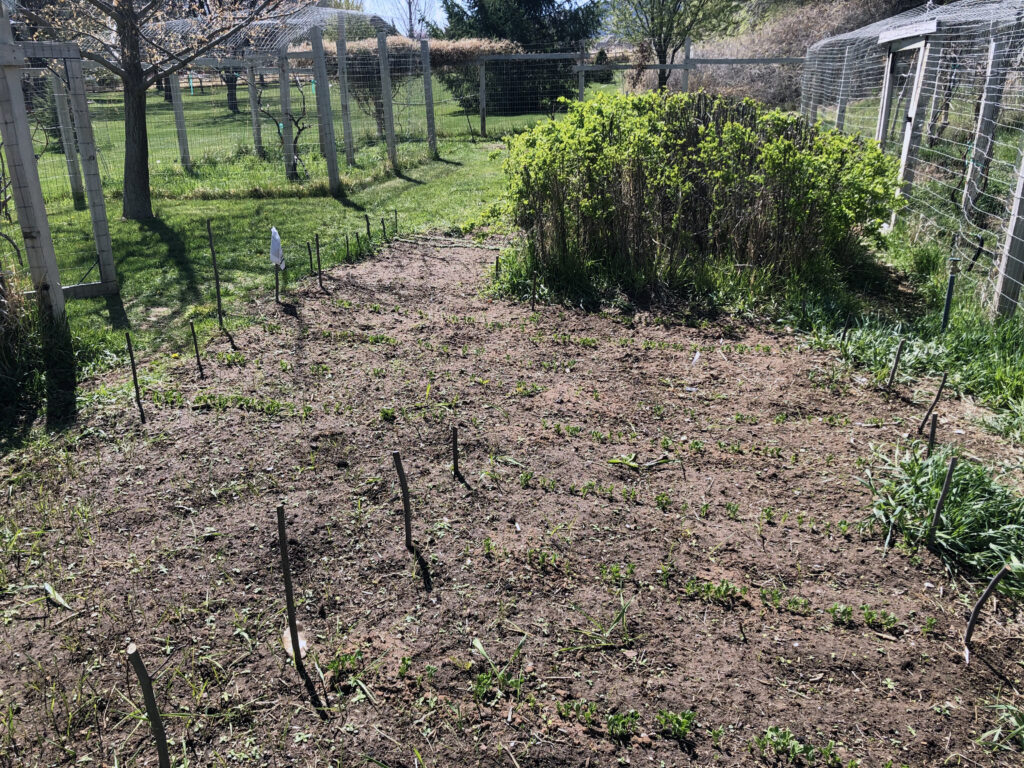

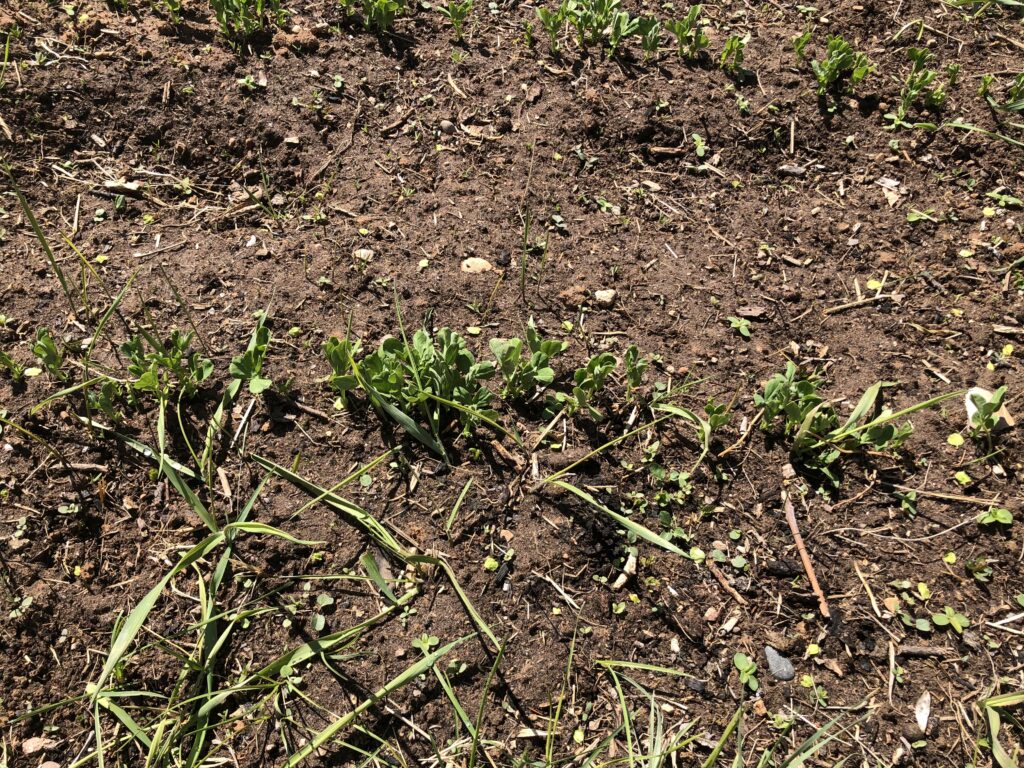
April 15, 2020. Perhaps I was too kind to the polluters yesterday by declining to indict them for the deep freeze. Even the lofty sandstone cliffs of Palisade couldn’t help this year. The low temperature of 19 degrees set a new record and wiped out most of the peach crop. An orchard owner was interviewed bemoaning that he thought he’d be in good shape in light of the serious economic downturn brought on by the pandemic because he was in the food industry.
This past fall deprived us our normal fall color display after an early frost killed green leaves, ending the color phase before it really began, shifting directly to dead brown. Now our blossom beauty and fruit crop are victims. It’s easy to ignore the effects of climate change, as too many of us do, especially greedy, self-serving politicians. Last summer in Oregon, I walked hundreds of miles along the beach. It’s an ideal place to see what’s going on with things – the littoral zone is an essential cradle for life on earth. You see a lot of death on an ocean beach, much resulting from the normal circle of life. Hakuna matata. I came across several deceased marine mammals. One was a baby harbor porpoise. It’s umbilical attachment was still obvious, as were the patterned grid markings left by the fishing net that drowned it. Chalk up another death to humans. I found a second dead harbor porpoise later in the summer but without obvious evidence of the cause of death. Another day I found a dead seven-hundred pound sea lion. He died from leptospirosis, a disease attributable to warming ocean waters. Then came the juvenile humpback whale. He was with his mama hunting salmon at the mouth of the Alsea river, just down the beach from us, and got stranded during an extra low tide. He was about six months old and 21 feet long. Volunteers lined up to keep him wet and attempt returning him to the ocean but failed. The weight of his own organs, once out of water, crushed under their own weight.. It’s easy to say well too bad but things like that happen. Humpback whales have been migrating up and down the Pacific Coast for millennia. Whales don’t just willy-nilly pick places to go fishing. They have genetic memory of where to go at various times of year. The mouth of the Alsea river is one such place and has been since well before man set foot on those shores. Due to climate change, the flow of the Alsea was substantially reduced. It was at the point where conservationists worried over its capacity to sustain salmon. This, coupled with a normal low tide killed the whale. Pollution killed the whale. Humans killed the whale. We killed the whale.
On my beach walks I also encountered quite a few dead murres and two marbled murrelets, a threatened species. I’d long wanted to see one, but not like that. Hundreds of thousands of murres and murrellets have starved to death due to the lack of food brought on by climate change.
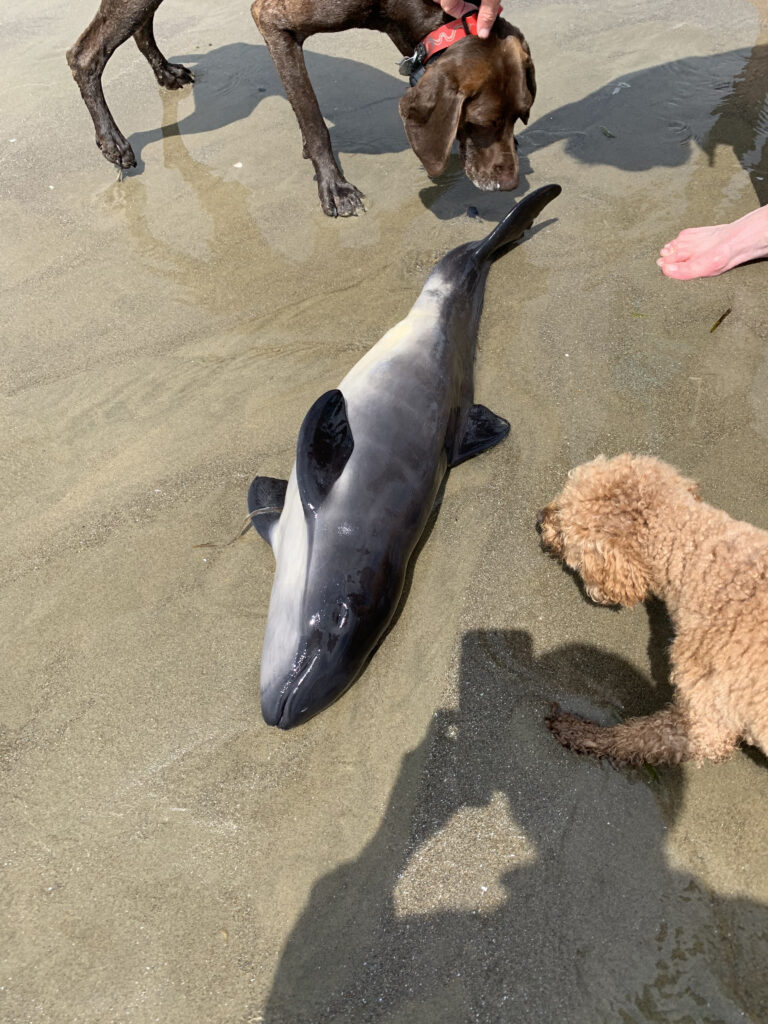
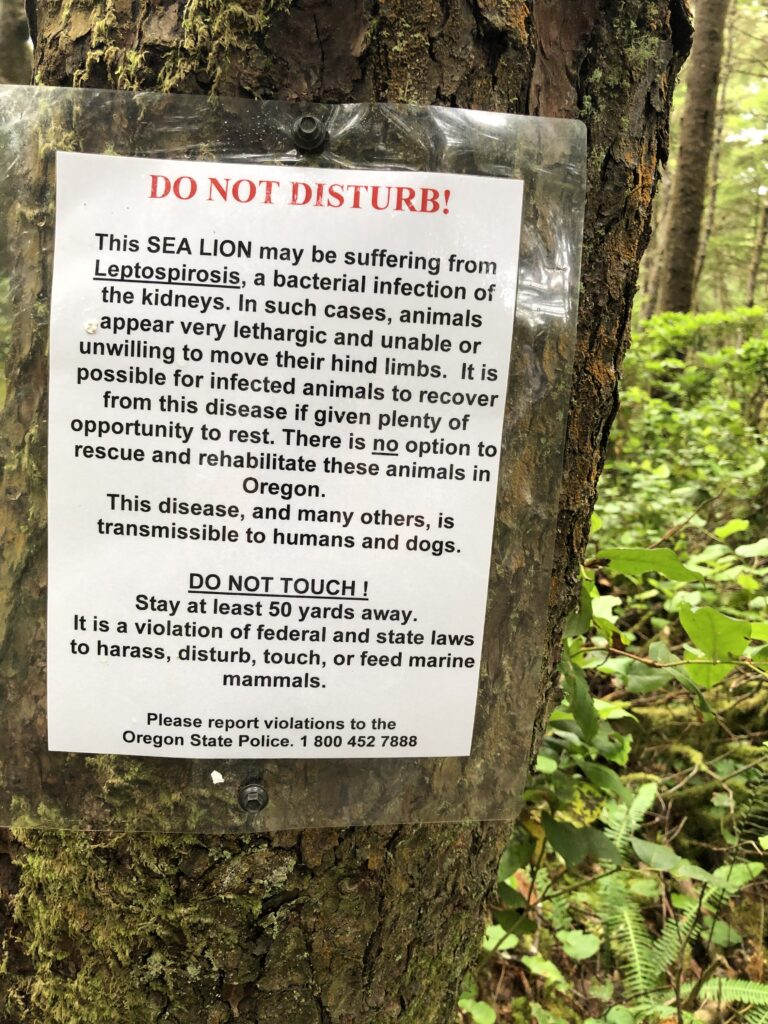

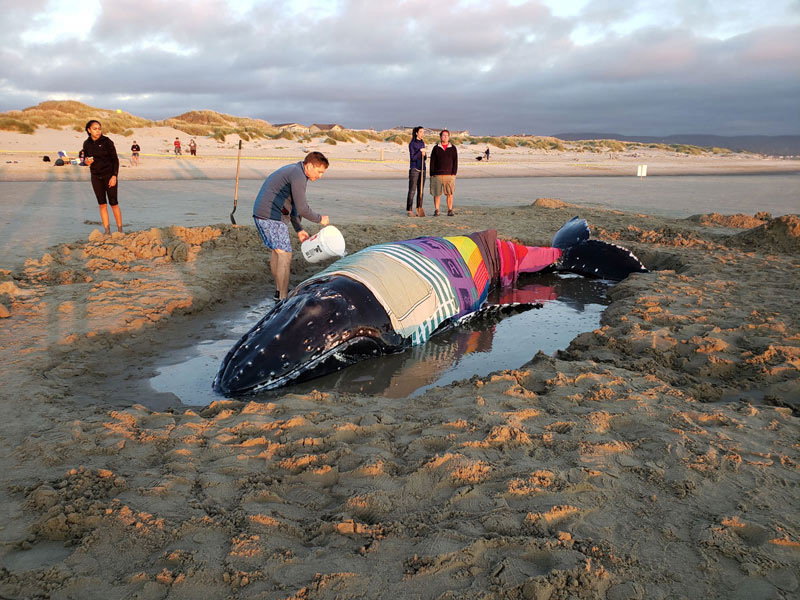
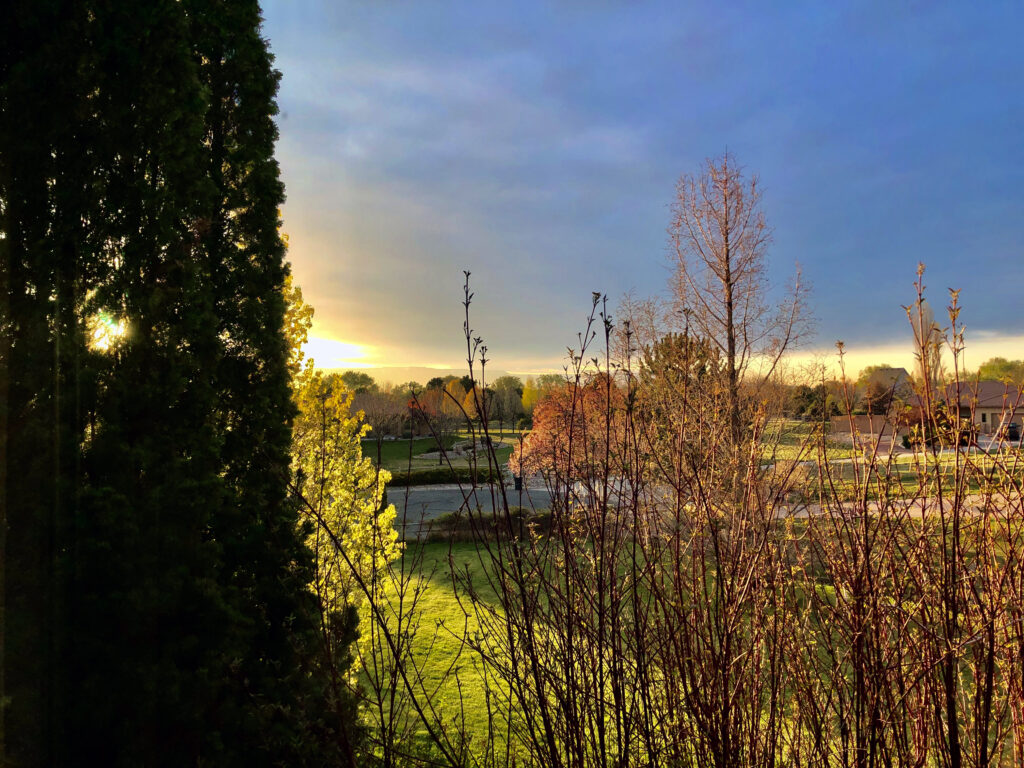
April 18, year of the coronavirus. Daughter April’s birthday today. To celebrate she plans to visit several rooms in her house. This is lockdown humor. My neighbor in Oregon sent a picture of one of my rhododendrons, the first one I planted. I would like to be able to see it in person but knowing that it’s there is rewarding enough. Like National Parks. And penguins.
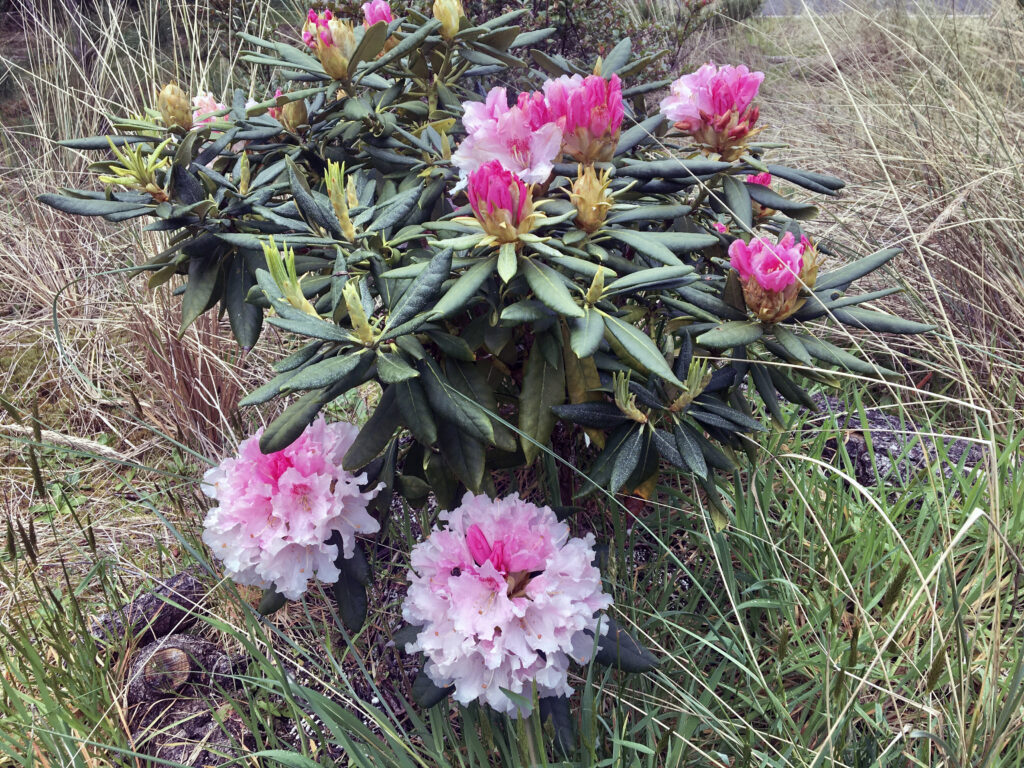
Removed 60 feet of the old original three-strand barbed wire fence behind my vineyard because it prevented me from keeping the weeds down back there, providing cover for the raccoons, skunks, squirrels, and other wild things that want to devour my grapes. I learned in high school history that barbed wire was invented by Joseph Glidden in 1873. It was easier to be an inventor in those days. It was a lot of work. Did you ever try removing a T-post that’s been in the ground for 80 years? I rocked one back and forth to loosen it and it snapped off sending me flying. Happened twice.
I also dug a new garden bed in my old vegetable garden plot.

I read that Nostradamus foretold this pandemic. A widely circulated conspiracy theory accuses Bill Gates of creating the coronavirus so that he could make money selling the vaccine. That, of course, is completely insane, but America is home to legions of very stupid human beings. The idiot in the White House eggs them on, not because he cares the least bit about them or their families, but because they are an indispensable component of his base. Uneducated white males 21 and above. Add in right wing Christian conservatives, Catholics, bigots, and the billionaires who are really the ones running the Trump show, and that’s how he got the votes. Unthinking bigots and morons elected him. Under the cover of the pending crisis, he and his minions continue to rape the environment and the treasury. They snuck into the relief package an enormous windfall for the top 1%, while opening hunting in wildlife preserves under cover of the crisis. Preserves. Trillions for billionaires and meat for the base. It’s almost easier to believe the bullshit about Bill Gates.
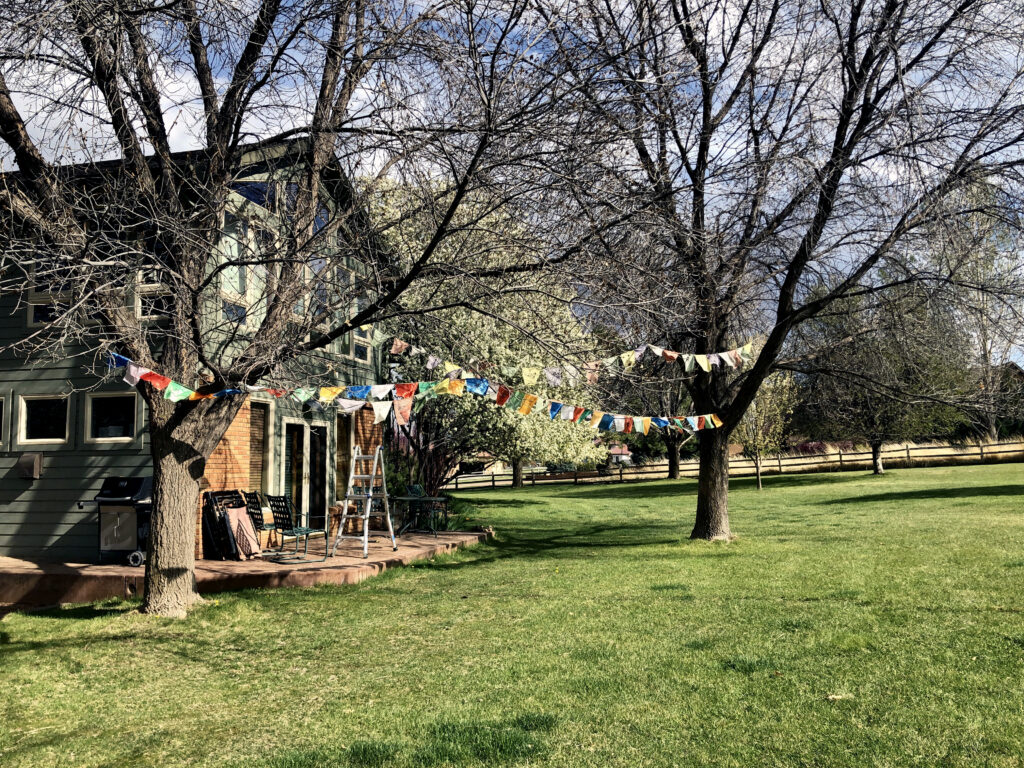




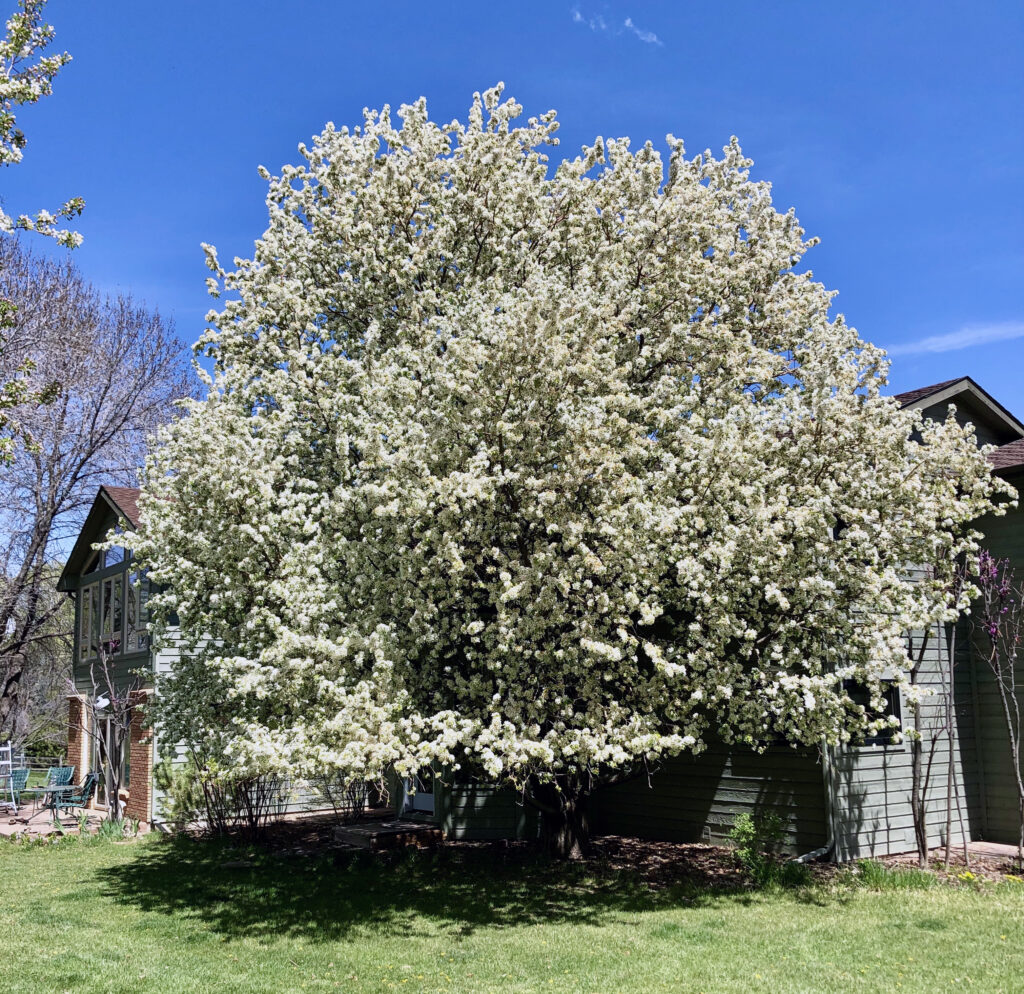
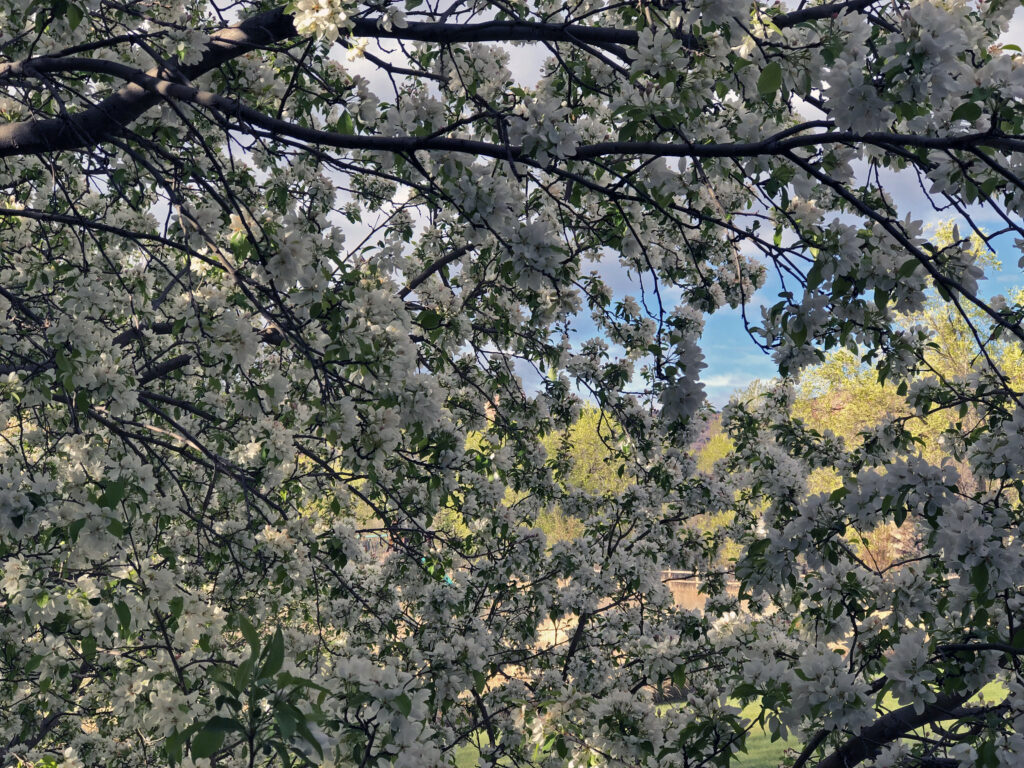

One of the first two spring snow crab apple trees I planted. The tall dude at the left is a metasequoia beginning to leaf out. There remain three species of sequoia. This one was thought to be extinct and was known only from fossils found in the Pacific Northwest, but then a small native grove was discovered in China. A visit was once on my bucket list, but I deleted it.

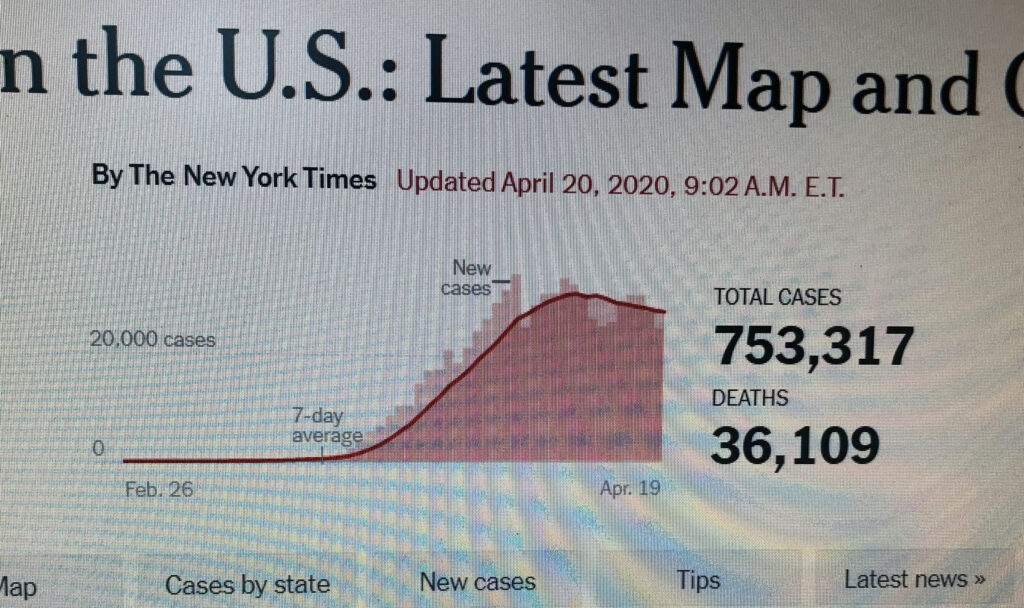
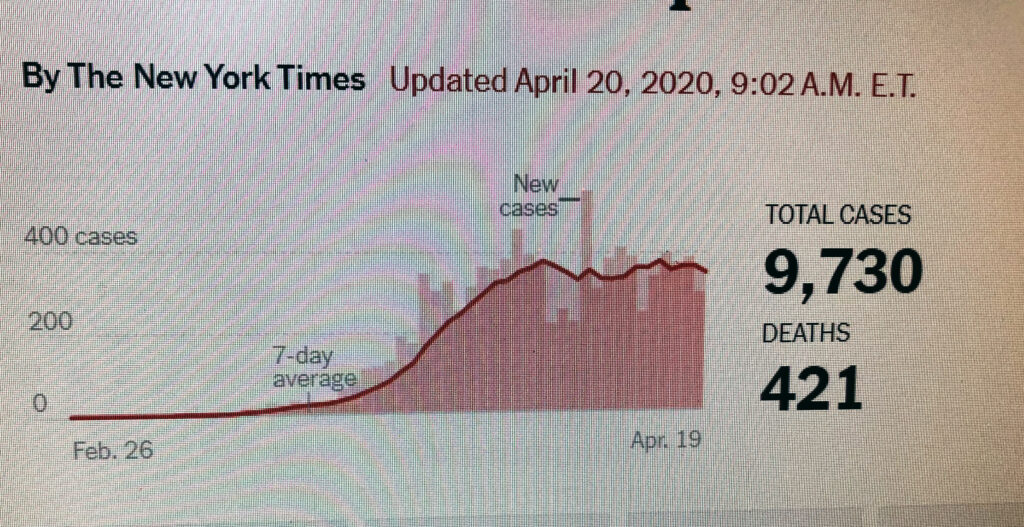
April 20, 2020. Daily check of the depressing toll of disease and death. We’re becoming inured to it, which is dangerous. 160,979 dead people. That’s more than the population of 42 nations, individually. More than the population of the county we live in. 40,000 dead already in the US. That’s a large university.


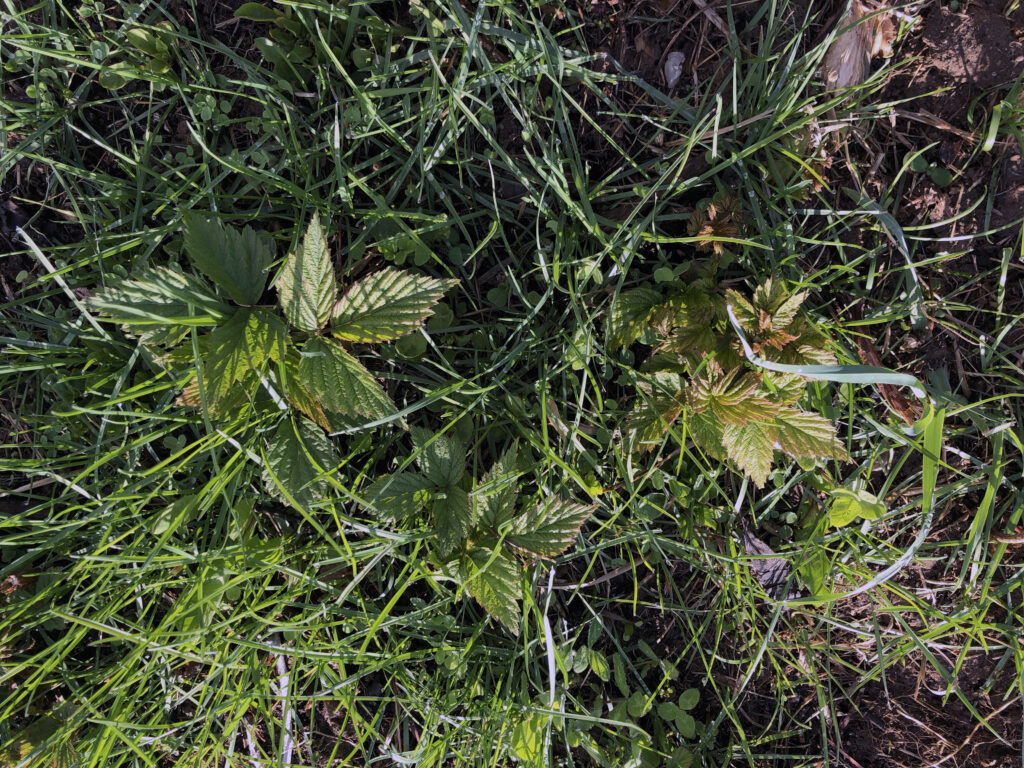
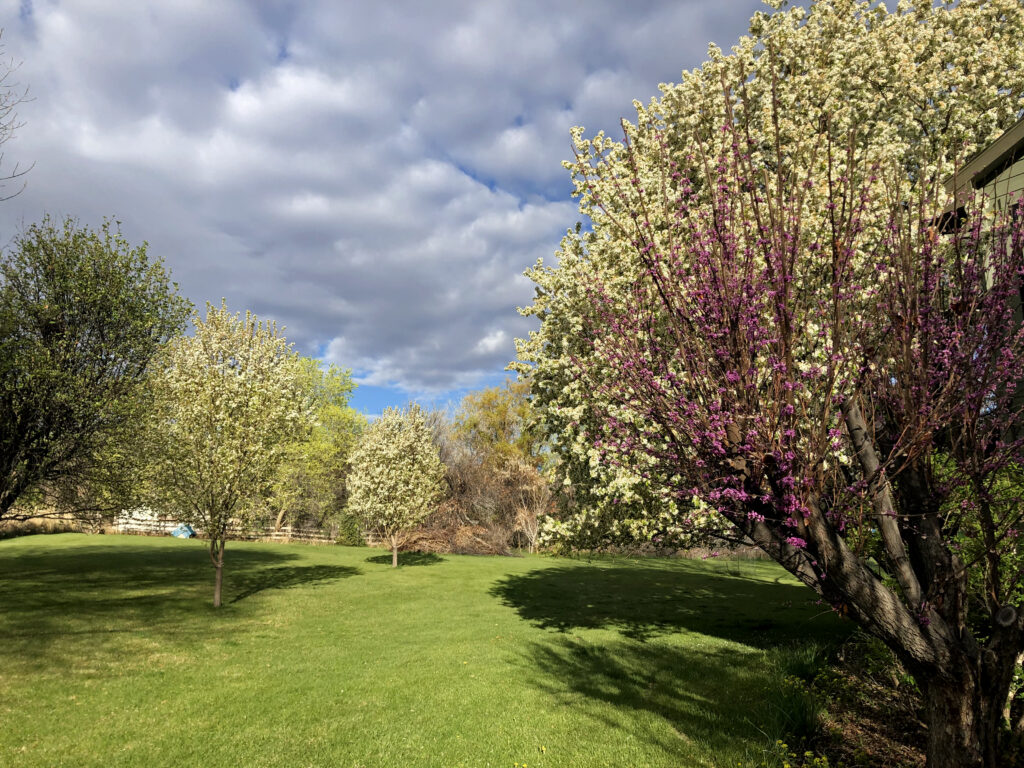
April 20, 2020 (CNN) — Wildlife around the world is enjoying the lack of human activity due to coronavirus lockdowns, and sea turtles in Thailand are part of the trend.
Some Thai beaches have seen the largest number of turtle nests in two decades, according to Kanokwan Homcha-ai, a supervisor at the Mai Khao Marine Turtle Foundation.
Homcha-ai said in a telephone interview with CNN on Monday that researchers have found 11 sea turtle nests on Phuket, the highest number of nests in Thailand in 20 years. Phuket is Thailand’s most popular resort island, and a major tourist attraction has been on a strict lockdown due to the coronavirus outbreak.
“This may have positive impacts on the environment in marine conservation in the long term as well, ” Homcha-ai said. “Not just sea turtles, but other marine species such as dolphins and dugong that live in the region have also increased in numbers according to government survey, such as hermit crabs and other food sources for marine animals.”
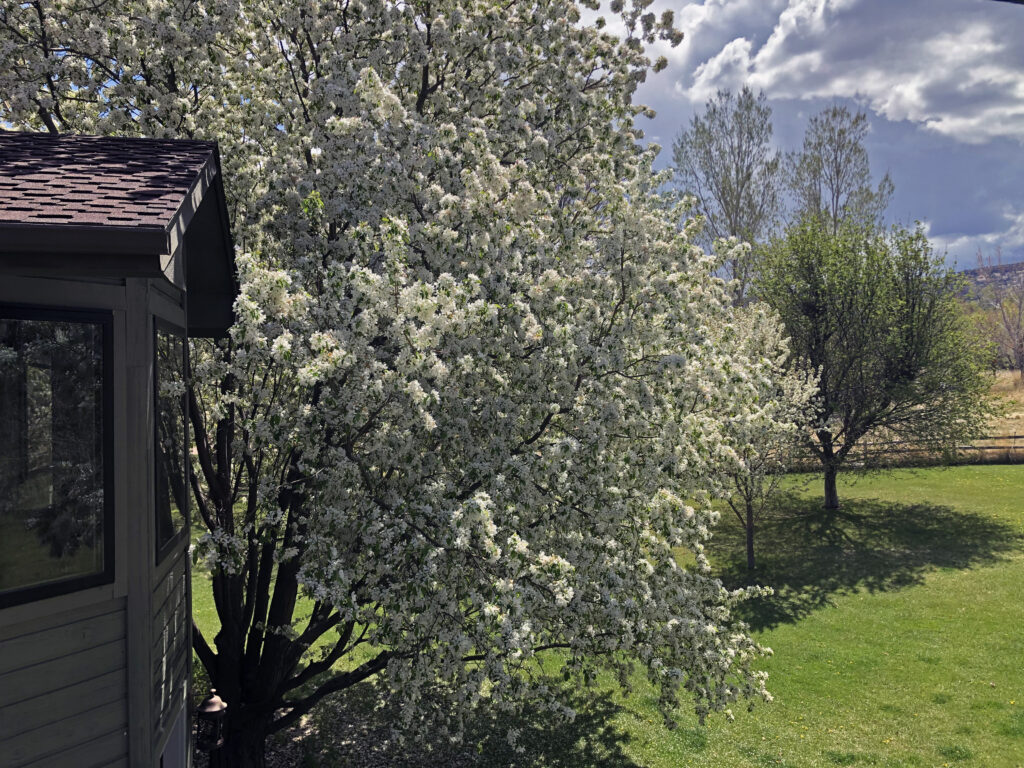
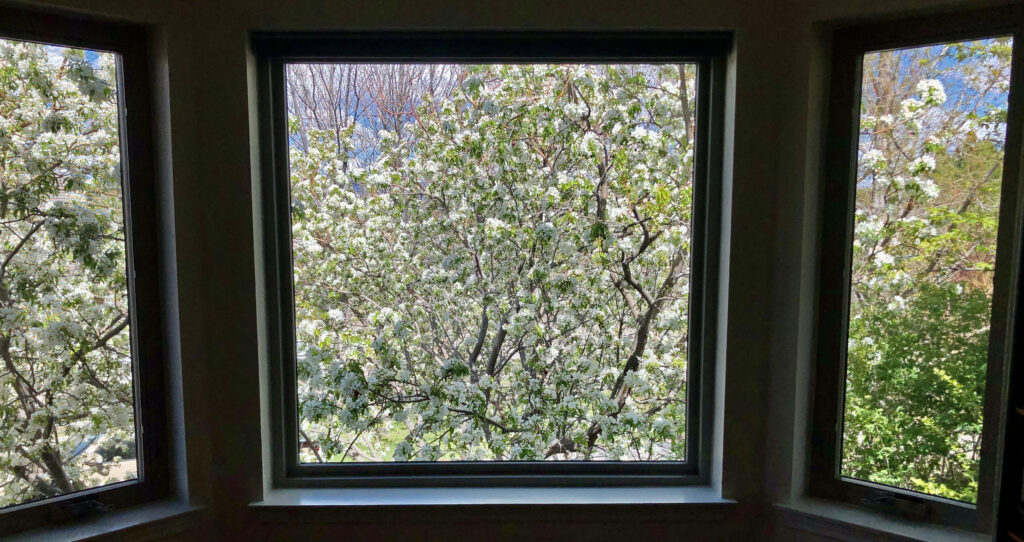

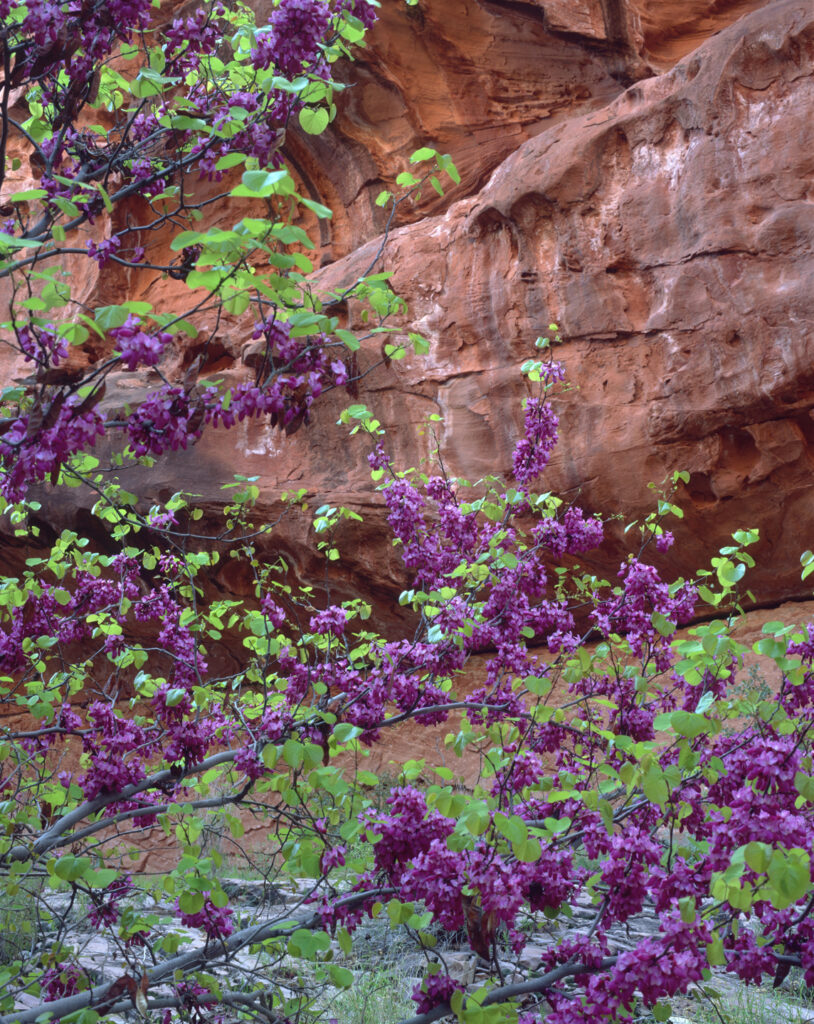

For the quarter century we have lived in this house, a swan has been watching us. See the snow swan up there on the western side of the Grand Mesa? Unlikely, unless you know what to look for. She’s swimming along to the north with her wings tucked in, and her head reaches the top of the mesa.

One of the first things I learned as a gardener out here, I learned from my old timer neighbor, Felix Smith. He advised: Don’t plant your corn until the swan’s neck is broke. I was dumbfounded until I got the explanation. When the neck of the snow swan melts enough to break the neck, it’s generally warm enough to plant corn and tomatoes. I once cross-country skied to the top of the swan. I really wanted to ski down it, but had no way to get back up, and I still had ten miles to go to get back to my car. Old time farmers had a close connection to the earth, as did Native Americans. They respected Nature’s creations.
April 22, 2020 EARTH DAY (CNN) Lockdowns restricting travel and industry imposed to halt the spread of coronavirus have resulted in unprecedented reductions in deadly air pollution around the world, new analysis shows. Major cities that suffer from the world’s worst air pollution have seen reductions of deadly particulate matter by up to 60% from the previous year, during a three-week lockdowns period.
I didn’t know I could make a web page this long. I’d better make page 2.
